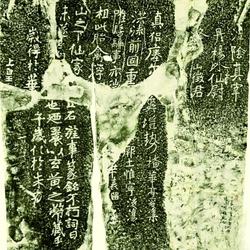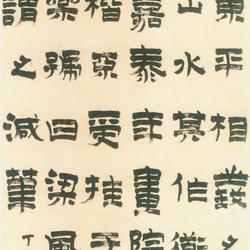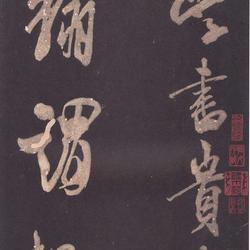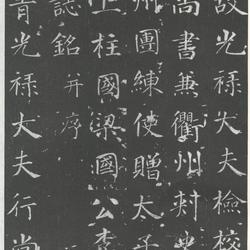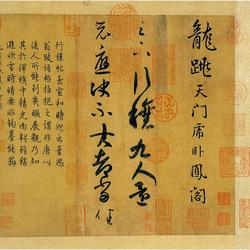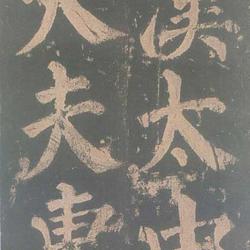Xu Hao's "Bukong Monk Monument"
Xu Hao (703-782), a calligrapher of the Tang Dynasty. The courtesy name is Jihai, a native of Yuezhou (now Shaoxing City, Zhejiang Province), and the nephew of Zhang Jiuling. Born into a distinguished family. Officials reached Peng Wangfu, Kuaiji County Duke, and Prince Shaoshi. Shao Ju Ming Jing was given to Zhongshu Sheren during Suzong's reign, and most of the imperial edicts from all directions were written by Xu Hao. Later, he entered the Imperial Academy to offer sacrifices to wine, and successively served as Minister of the Ministry of Works, Minister of the Ministry of Officials, Bachelor of Jixian Palace, and was granted the title of Duke of Kuaiji County. He is the author of 1 article "Lun Shu" (also known as "Lun Shu Lun"). Xu Hao has been proficient in calligraphy since he was a child. His ancestor Dao and his father Qiaozhi were both calligraphers.XuHaoshen got a family biography, and wrote to the two kings of the sect, especially Wang Xianzhi. He is good at Bafen, Xing and cursive scripts, especially regular script.
"Bukong Monk Stele" is inscribed in the official book. The full title is "The Preface to the Inscriptions of Monk Tripitaka and Monk Zheng Guangzhi, the Great Virtue and Great Debian of Shanxi Temple in Taixing, Tang Dynasty". Written by Tang Yanying and written by Xu Hao. It was built in Chang'an in the second year of Jianzhong of the Tang Dynasty and is now the Forest of Steles in Xi'an. "Jin Shi Cui Bian" records: The stele is eight feet three inches high and four feet one inch wide. It has a total of twenty-four lines and a full line of forty-eight characters.
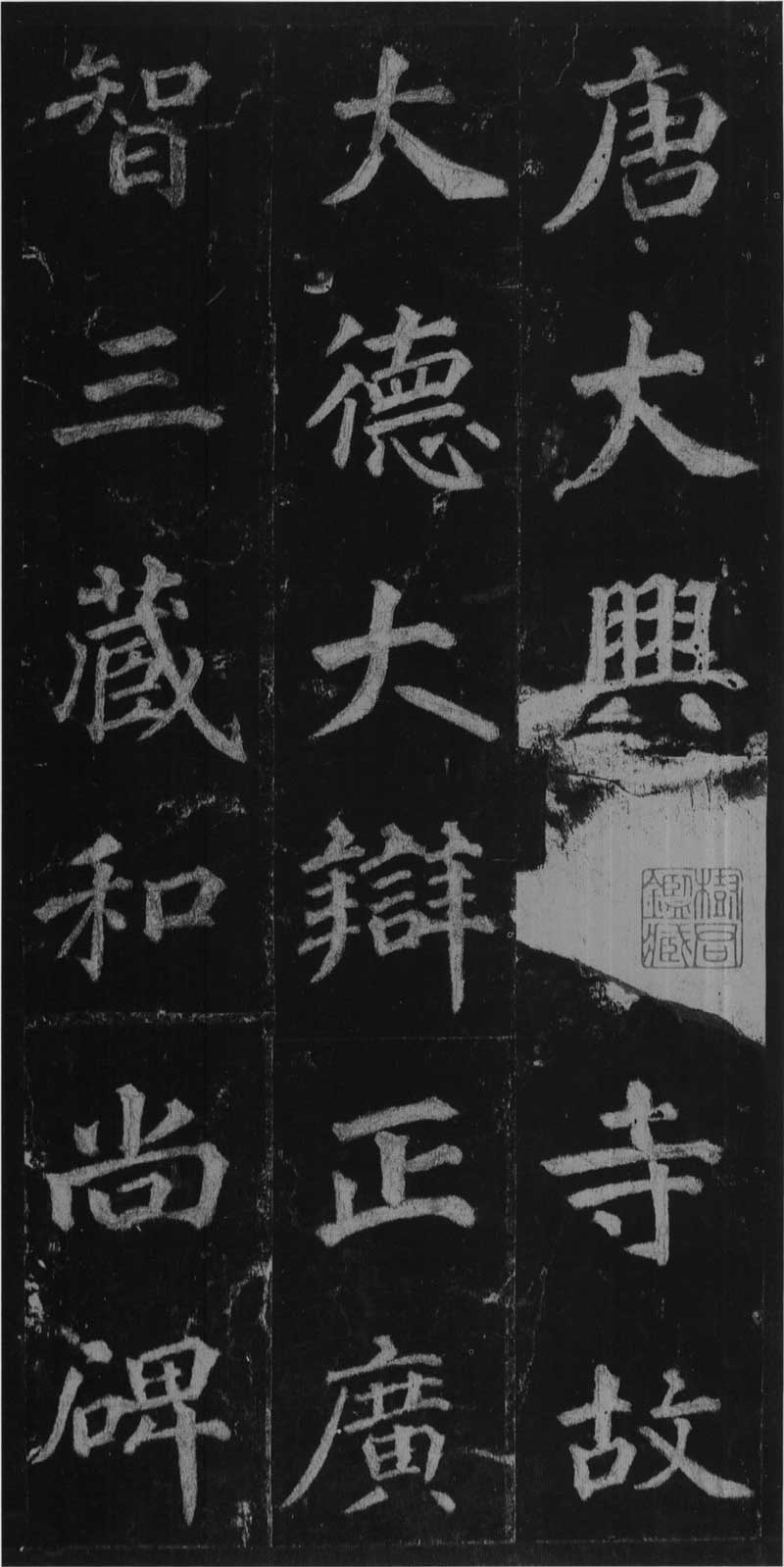
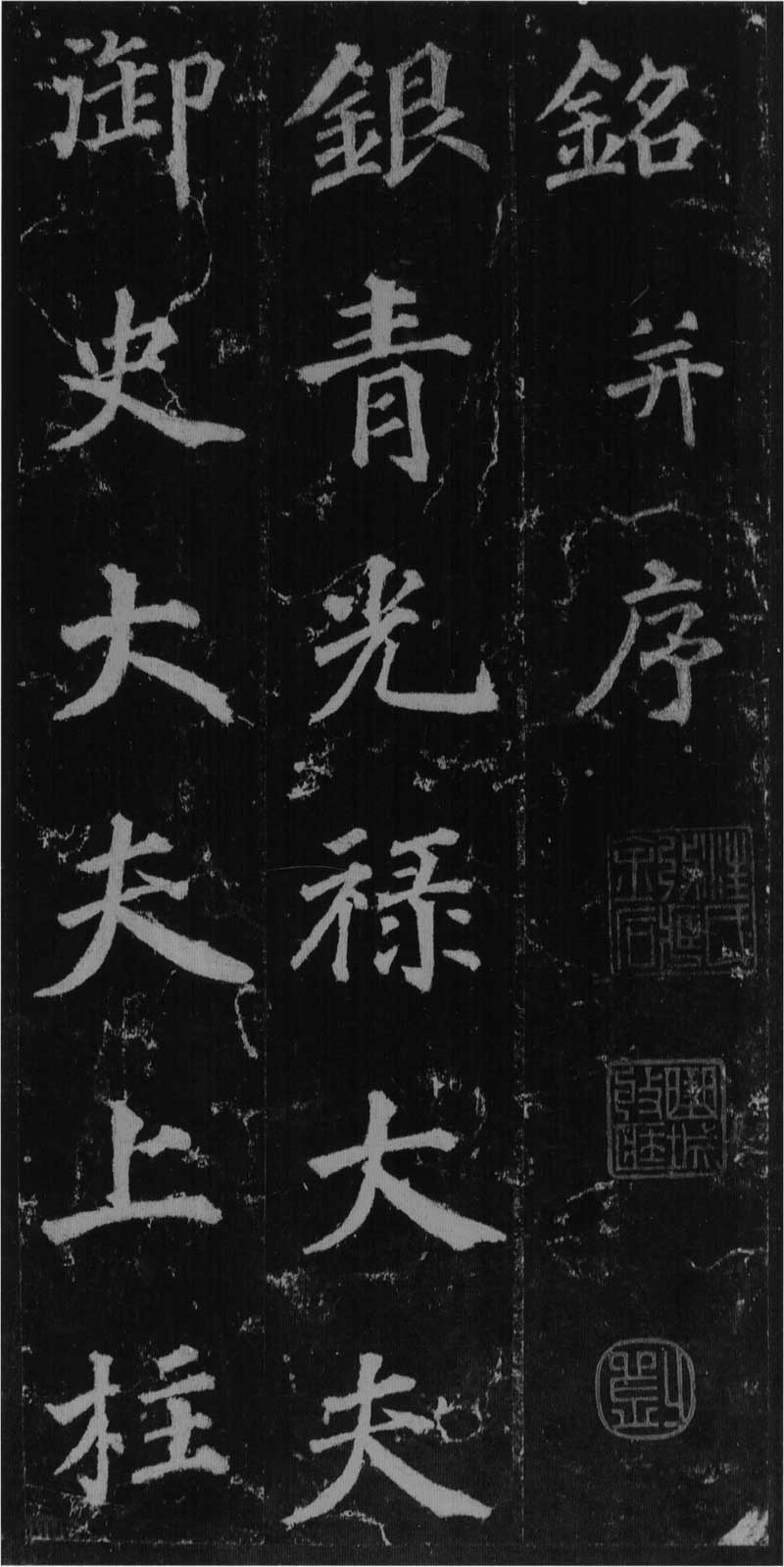
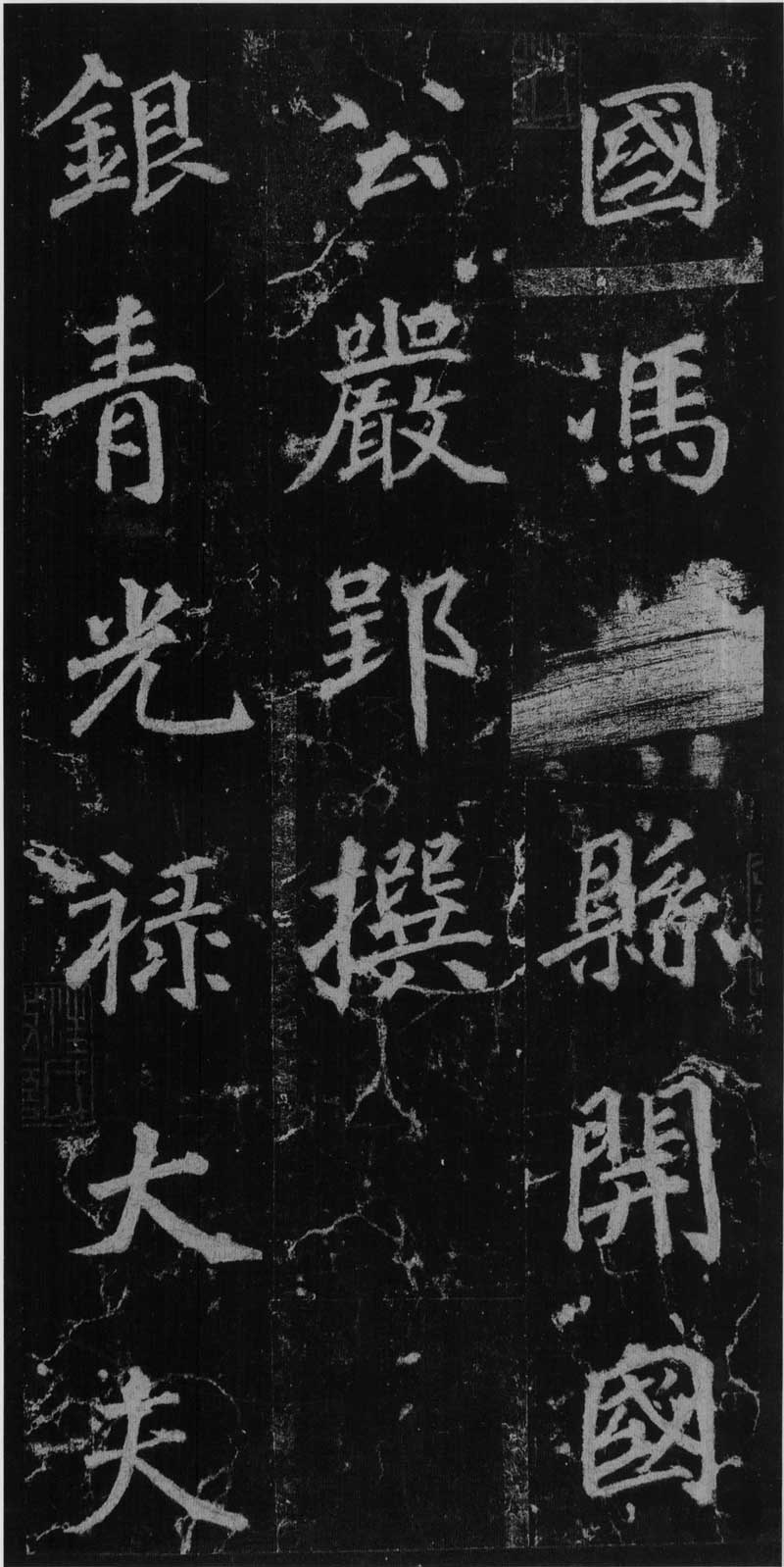
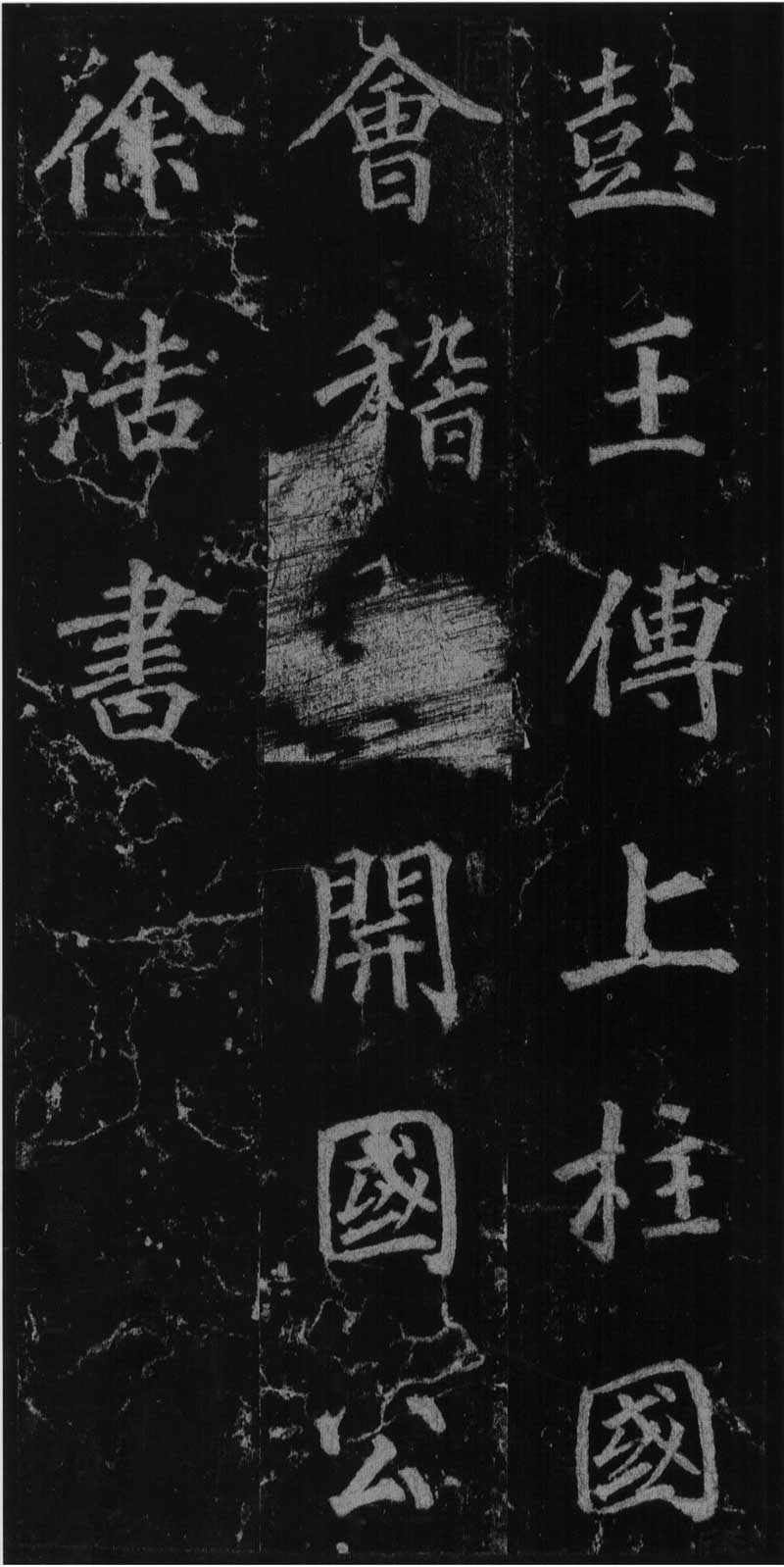
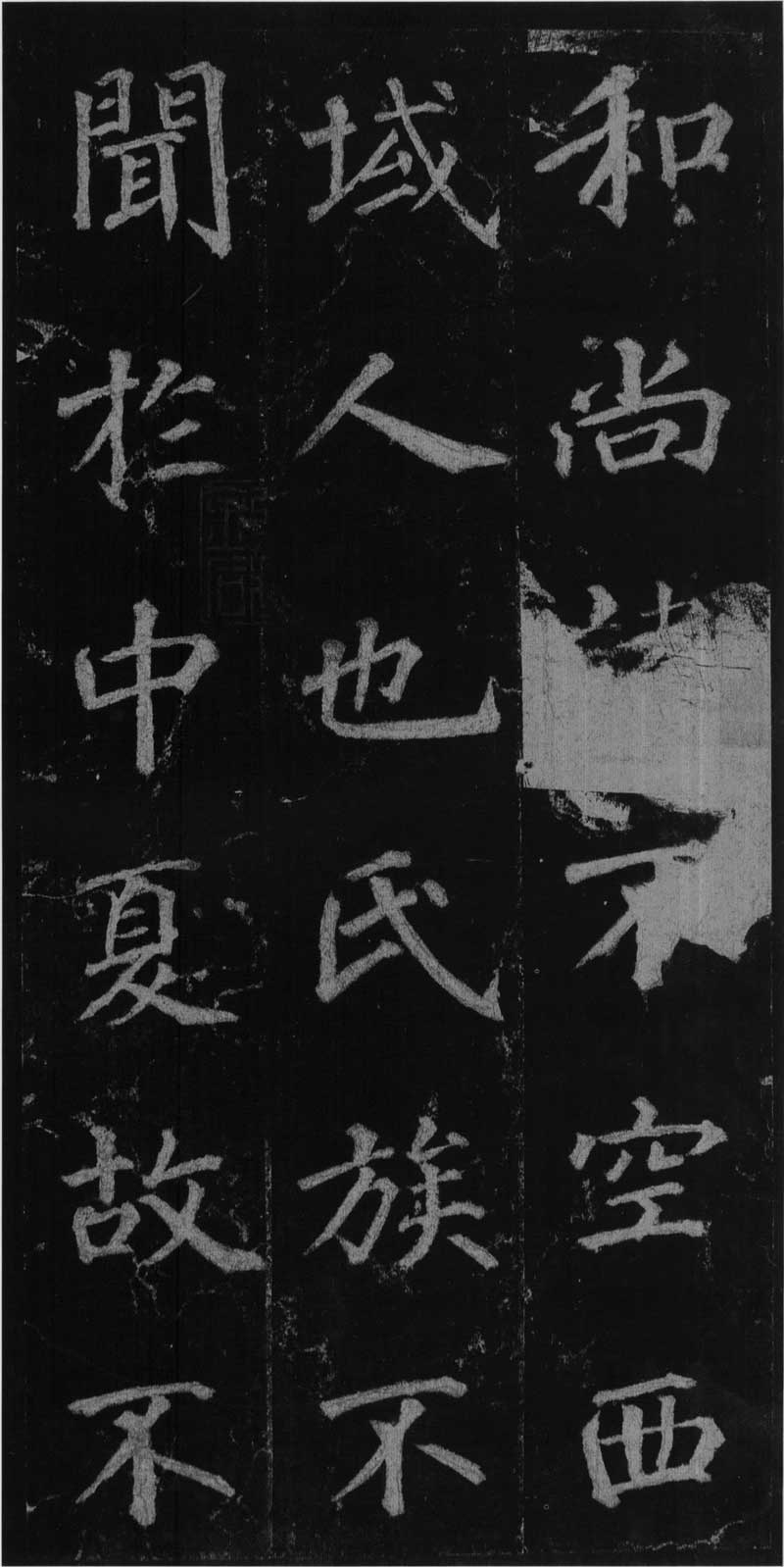
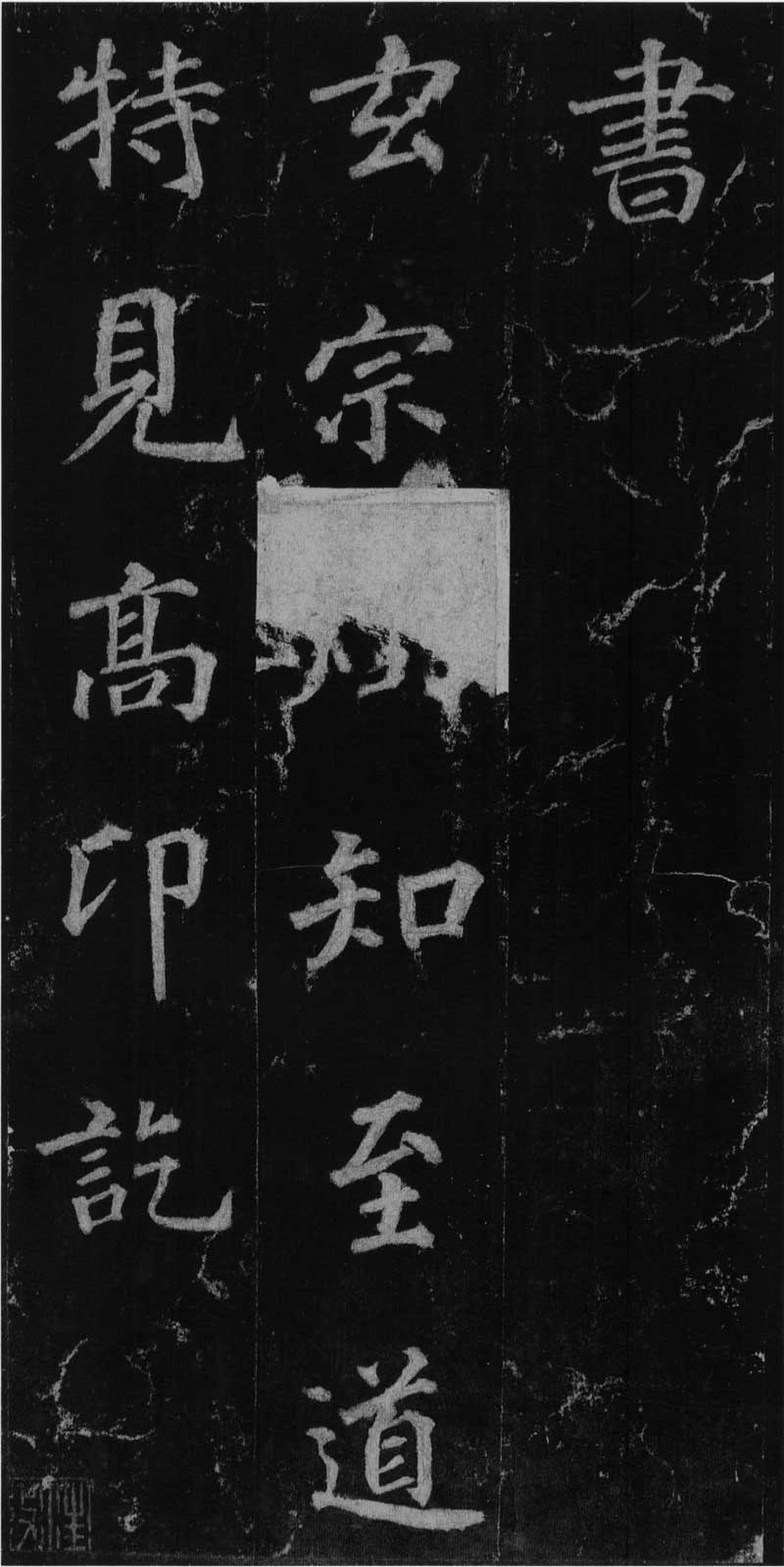
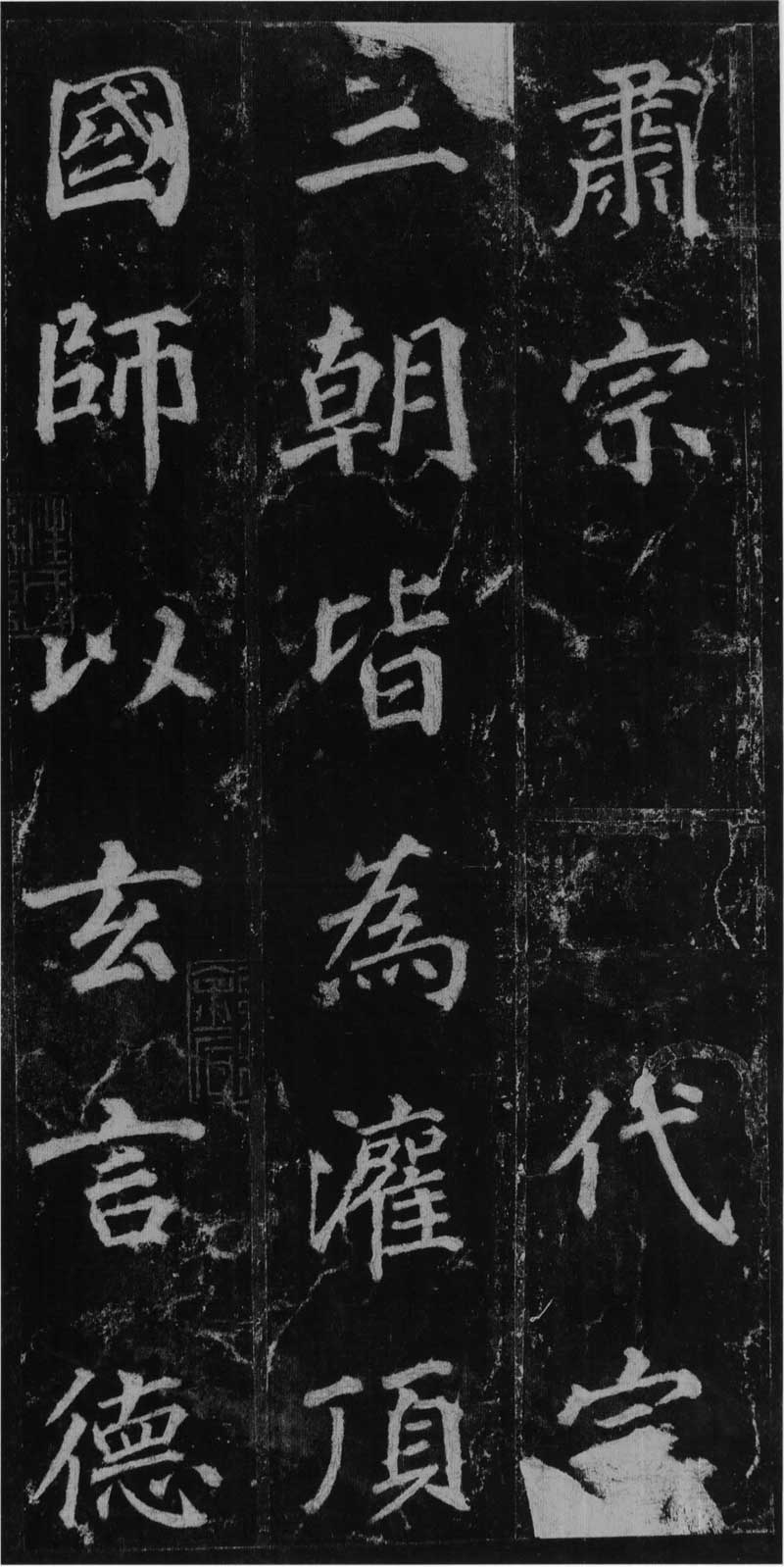
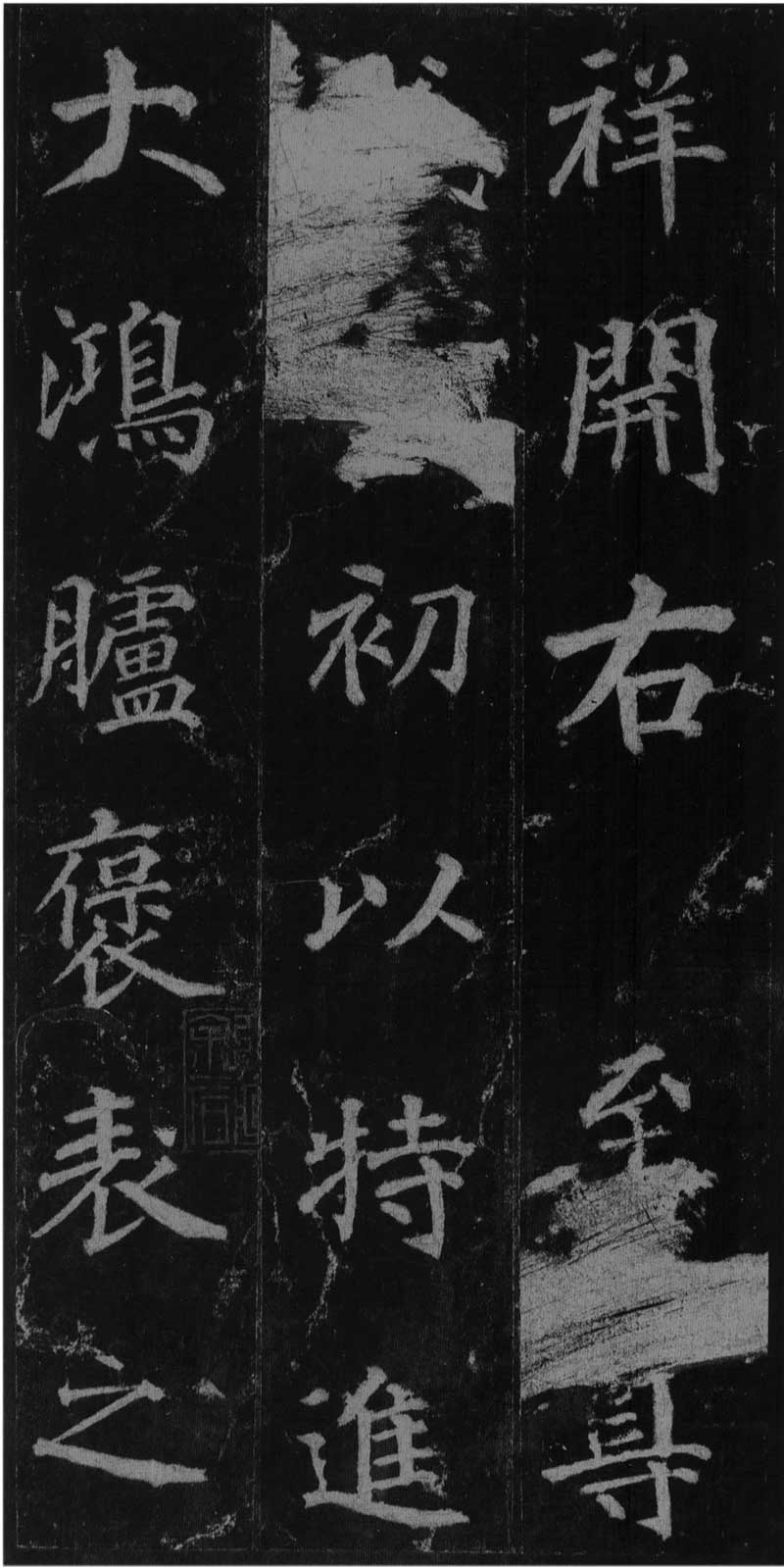
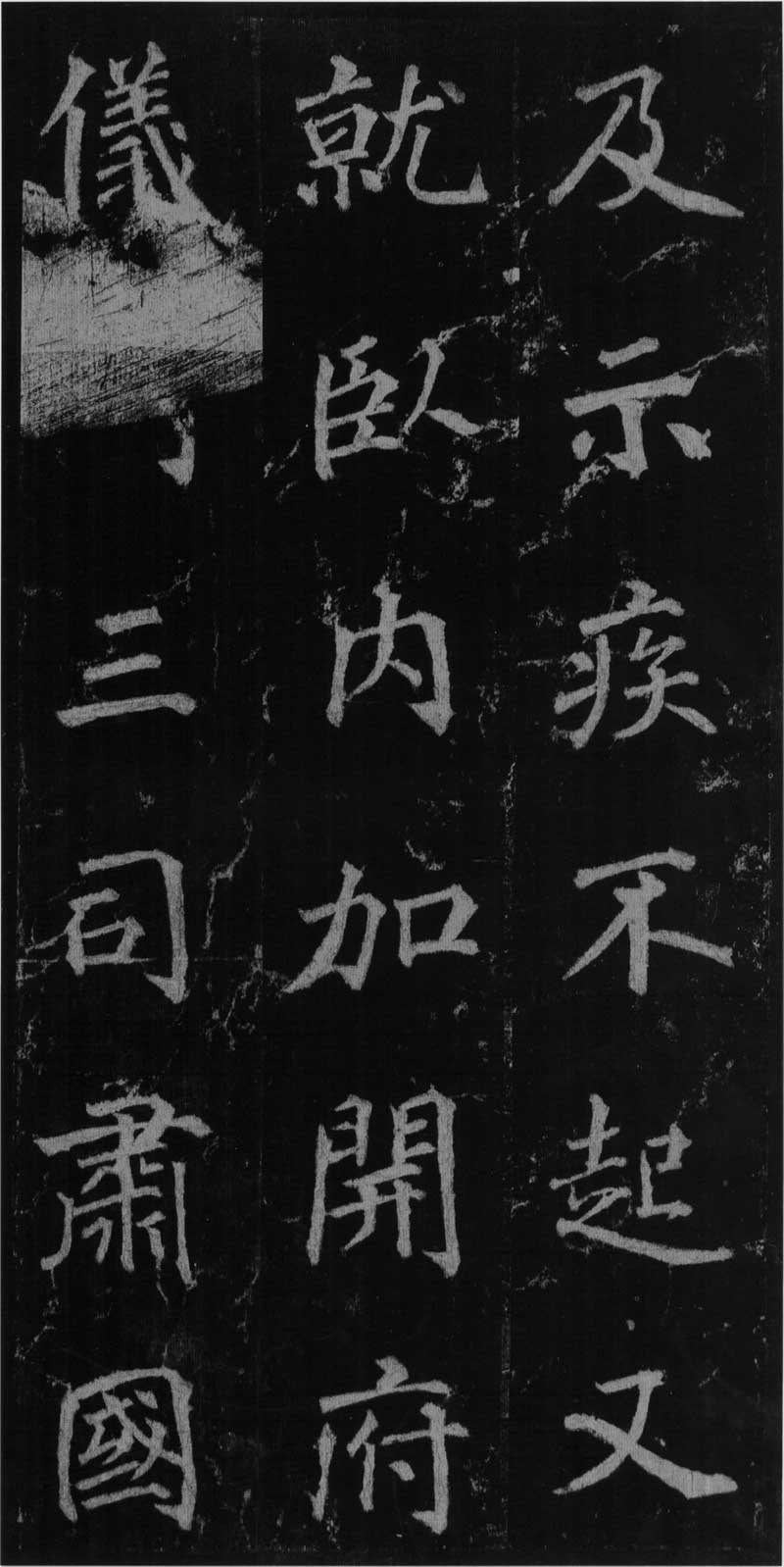
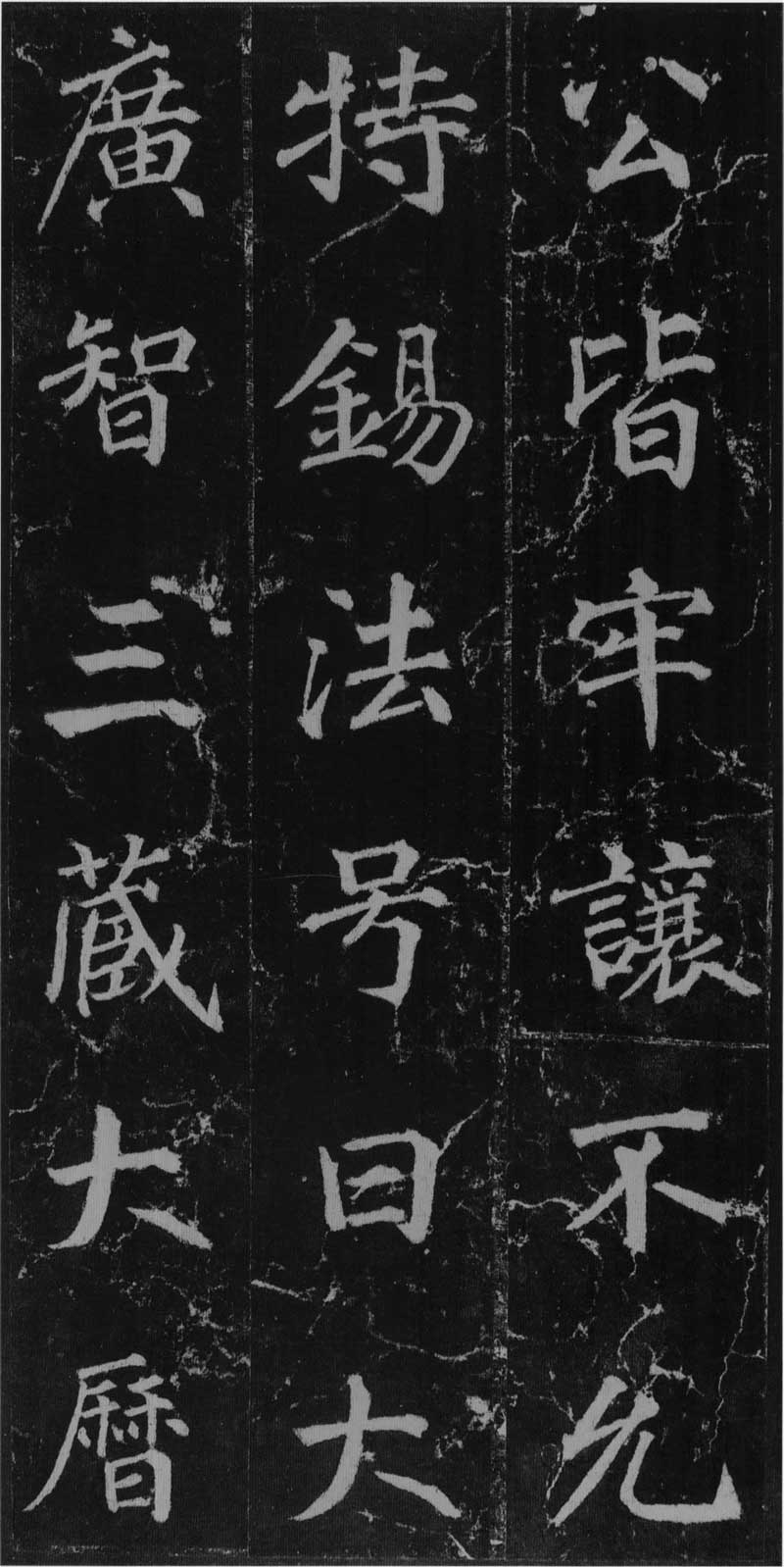
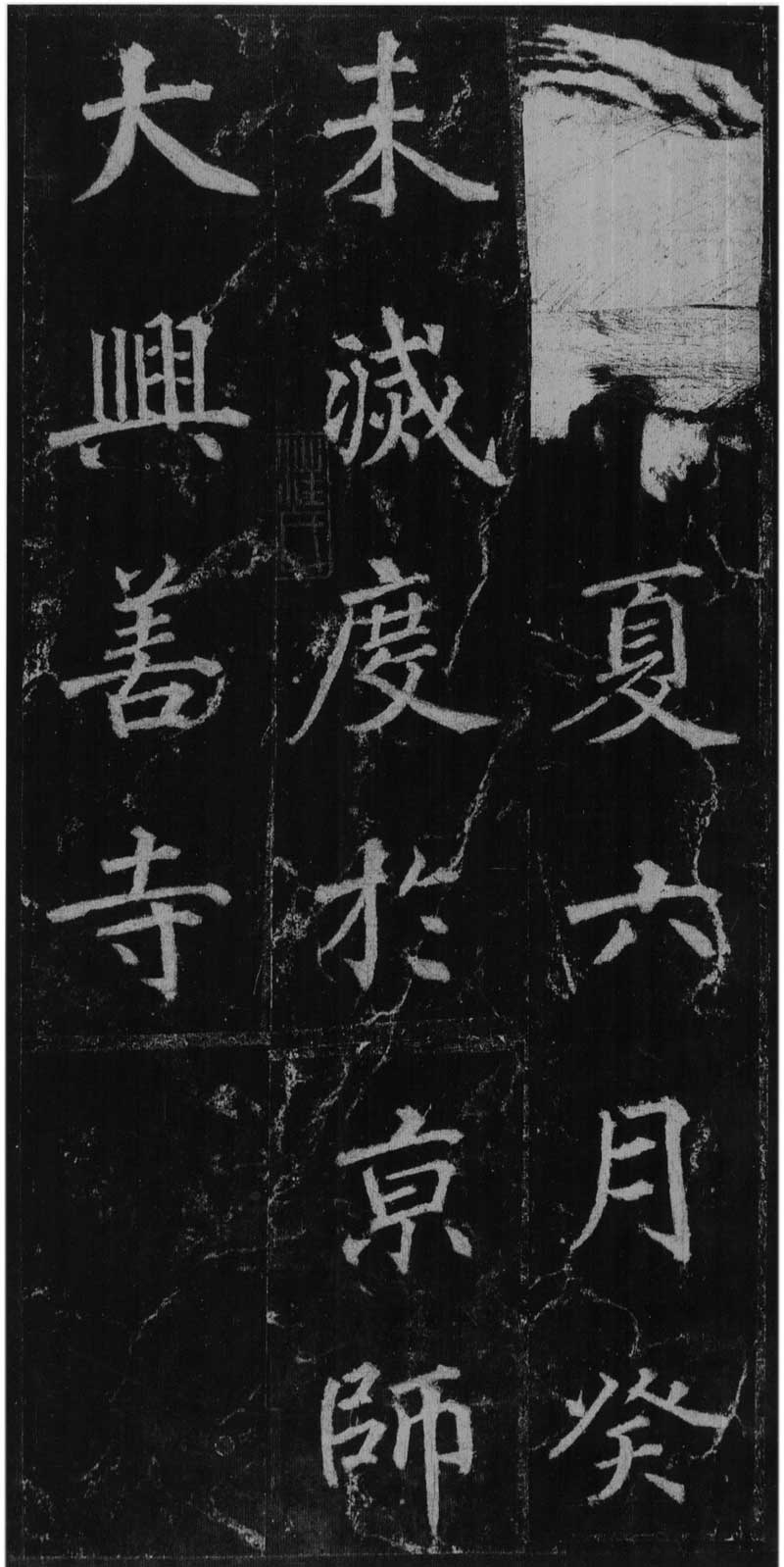
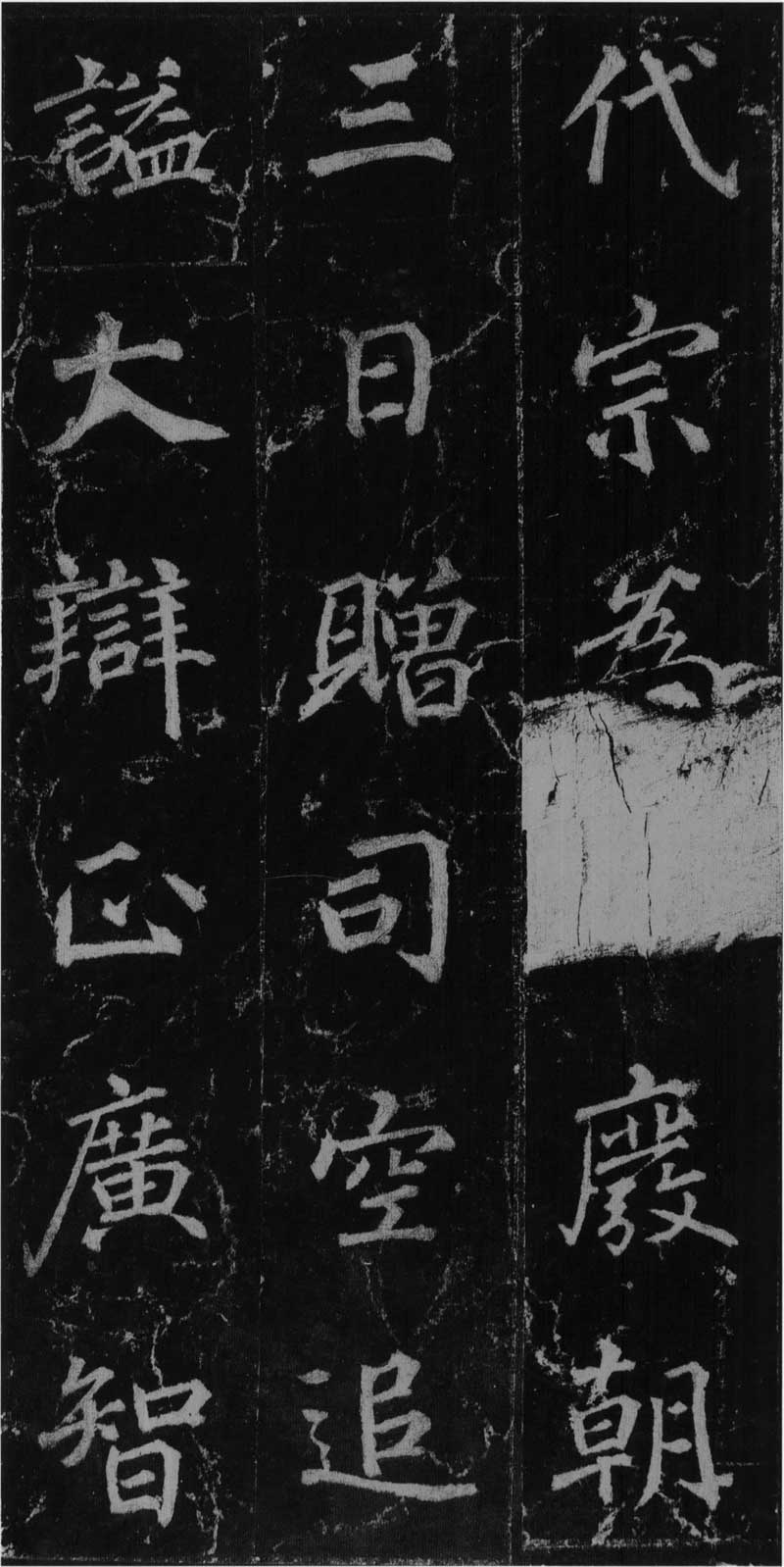
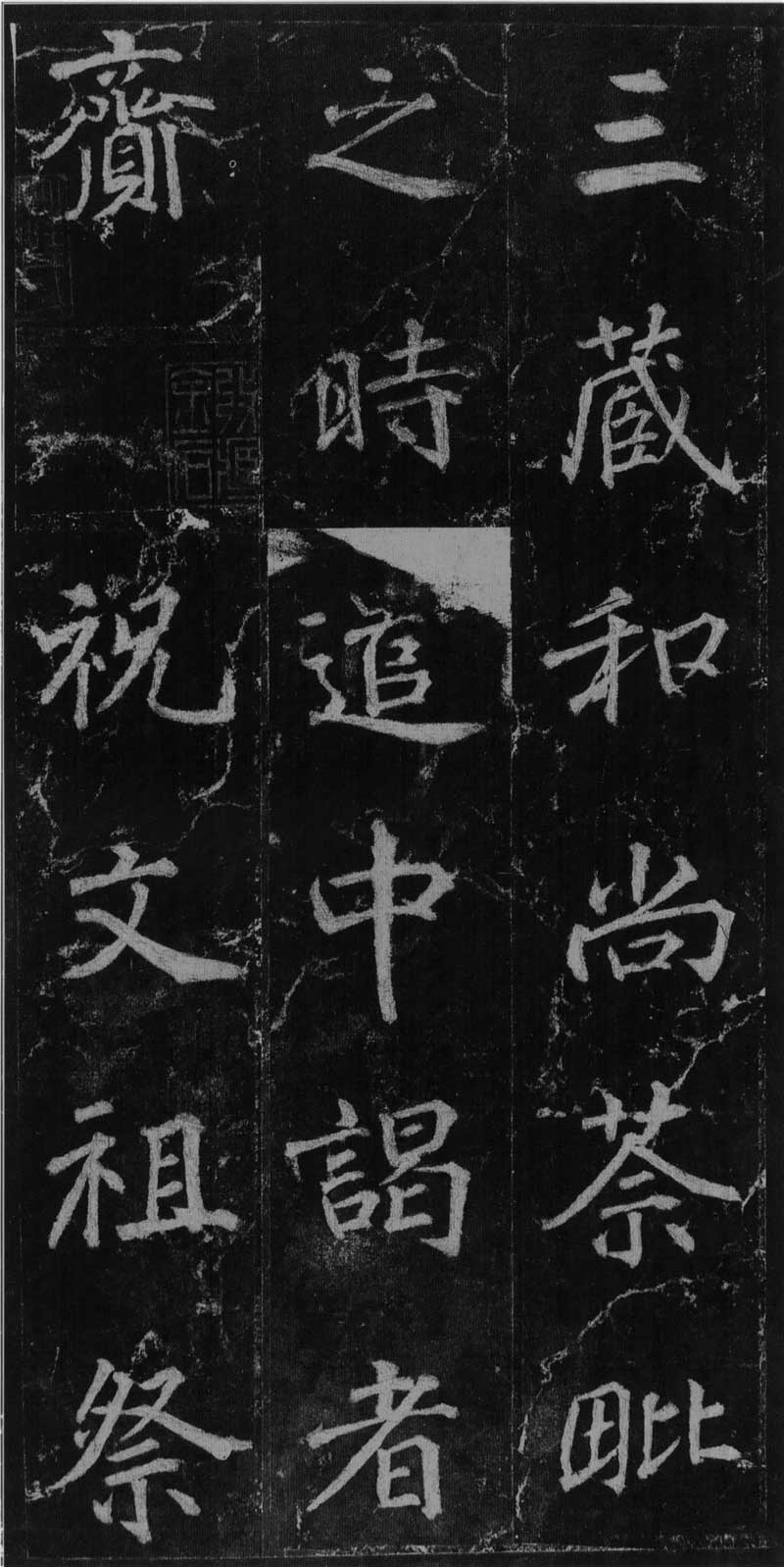
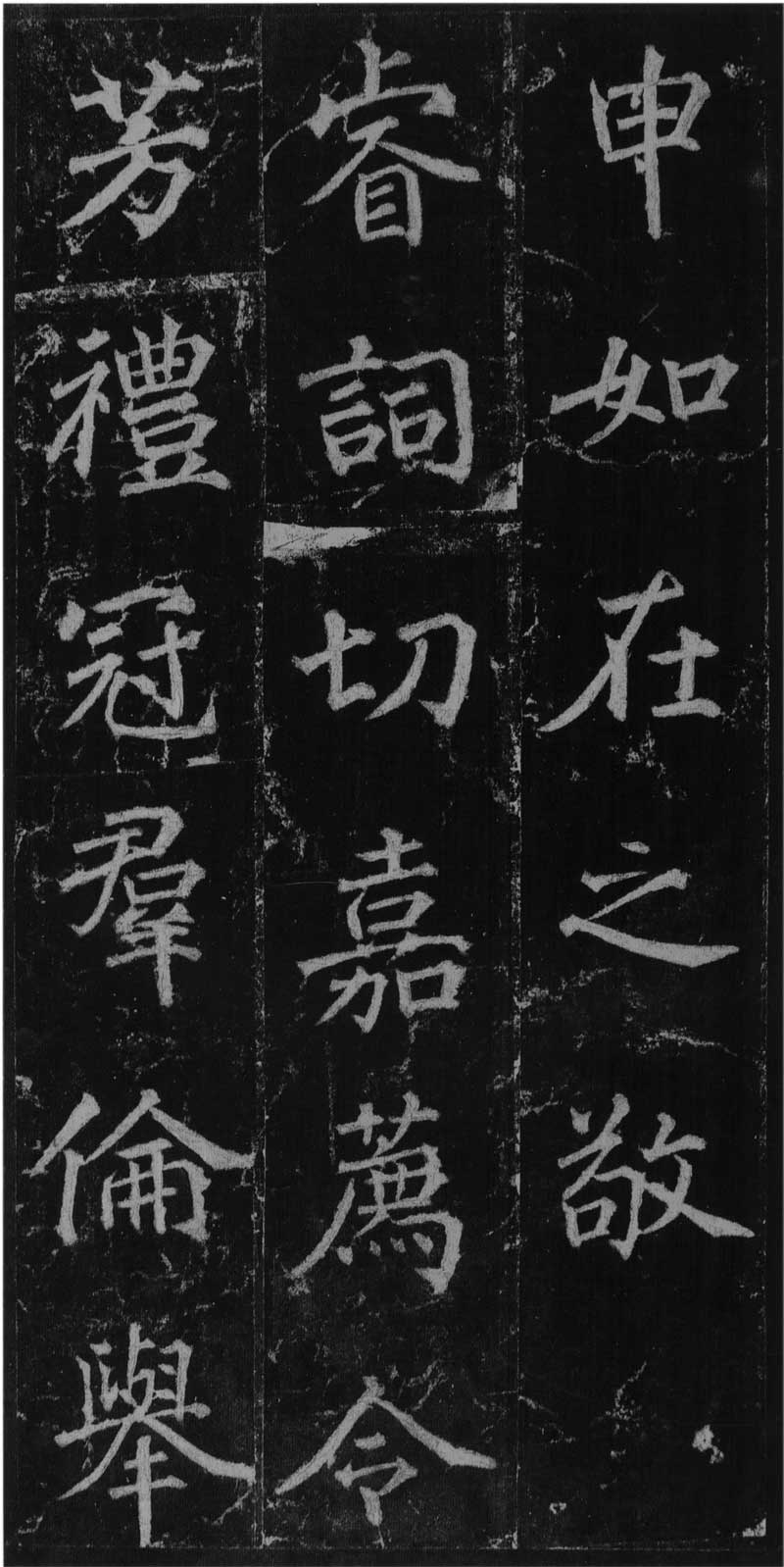
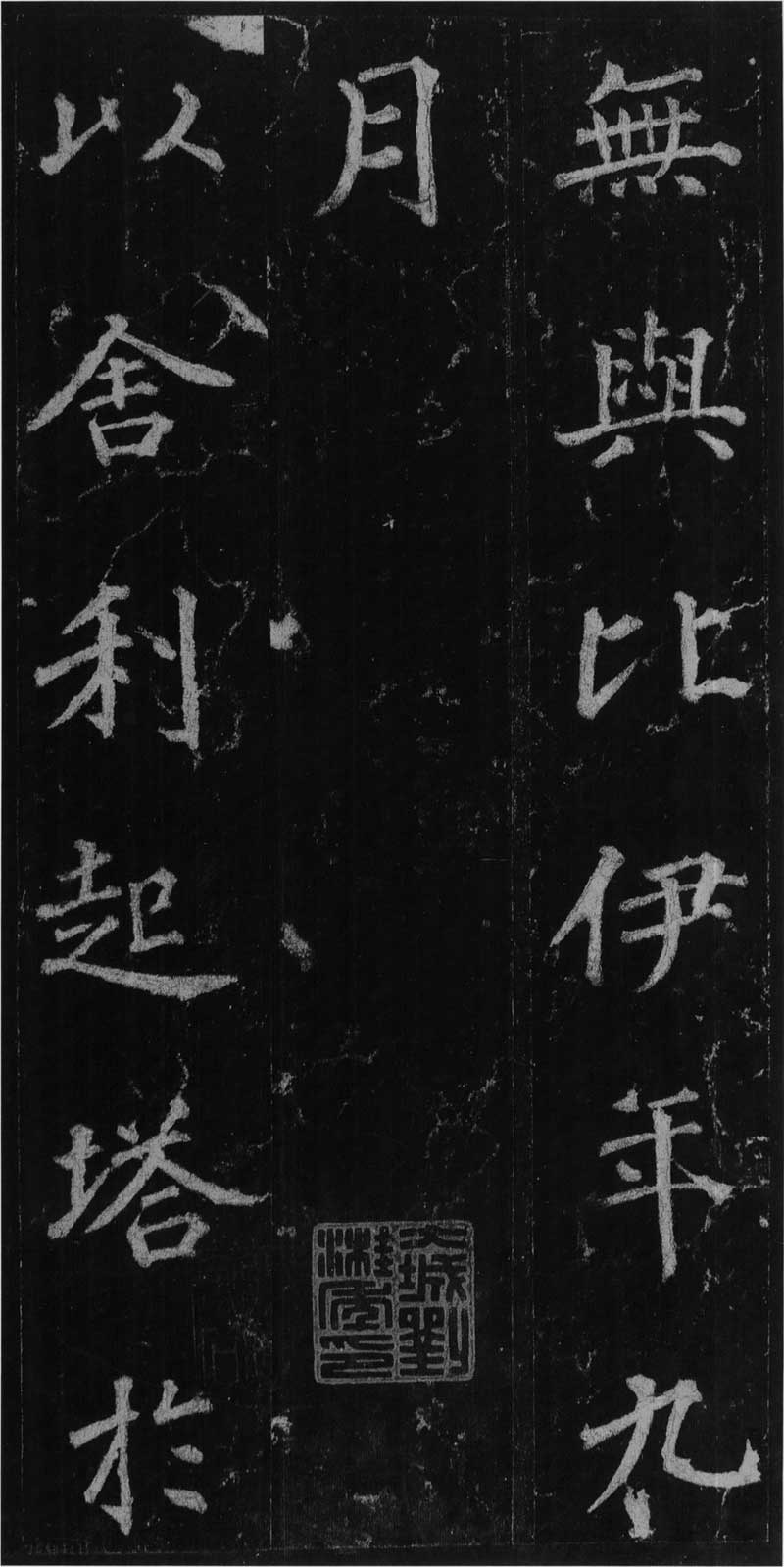
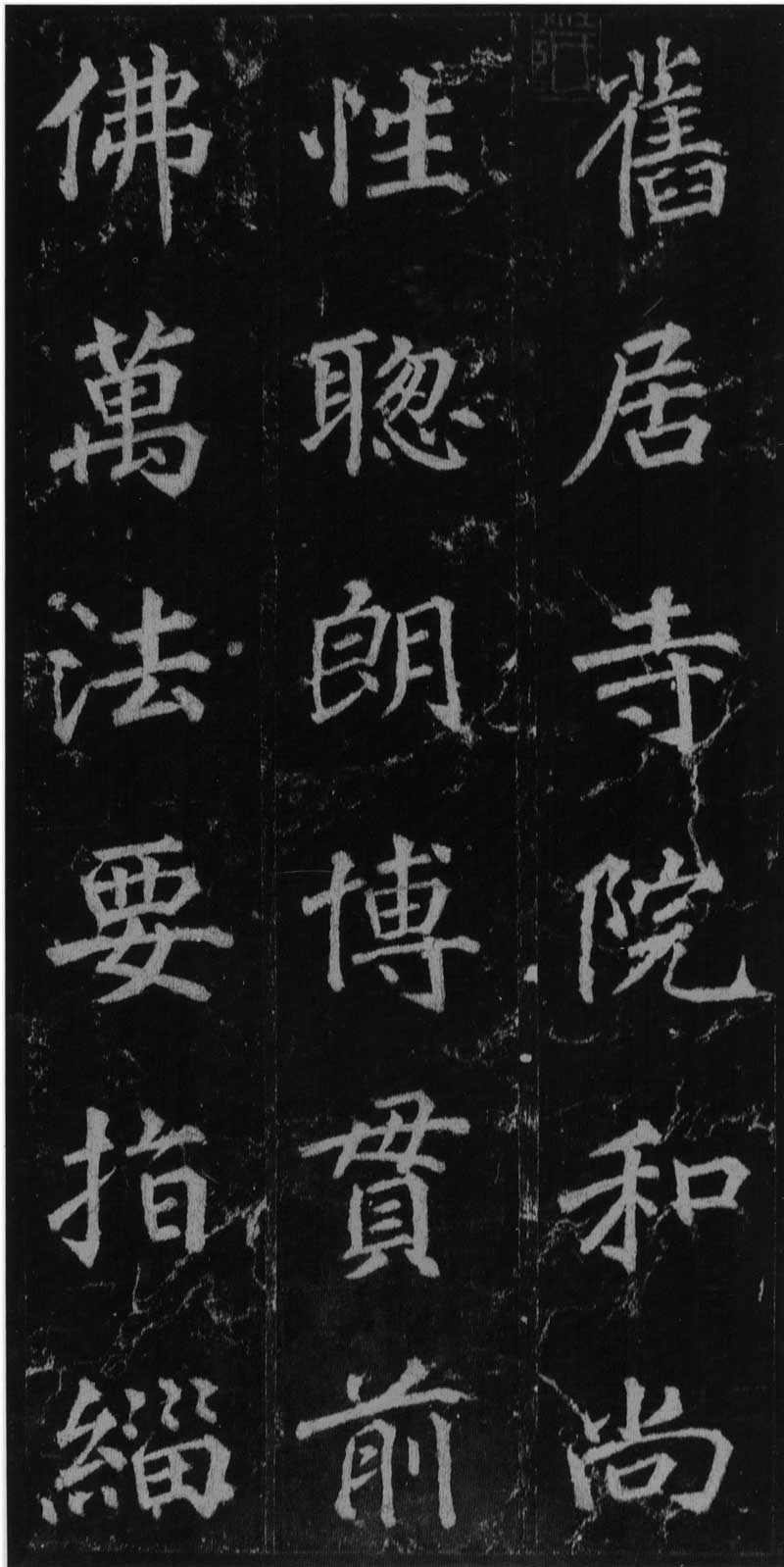
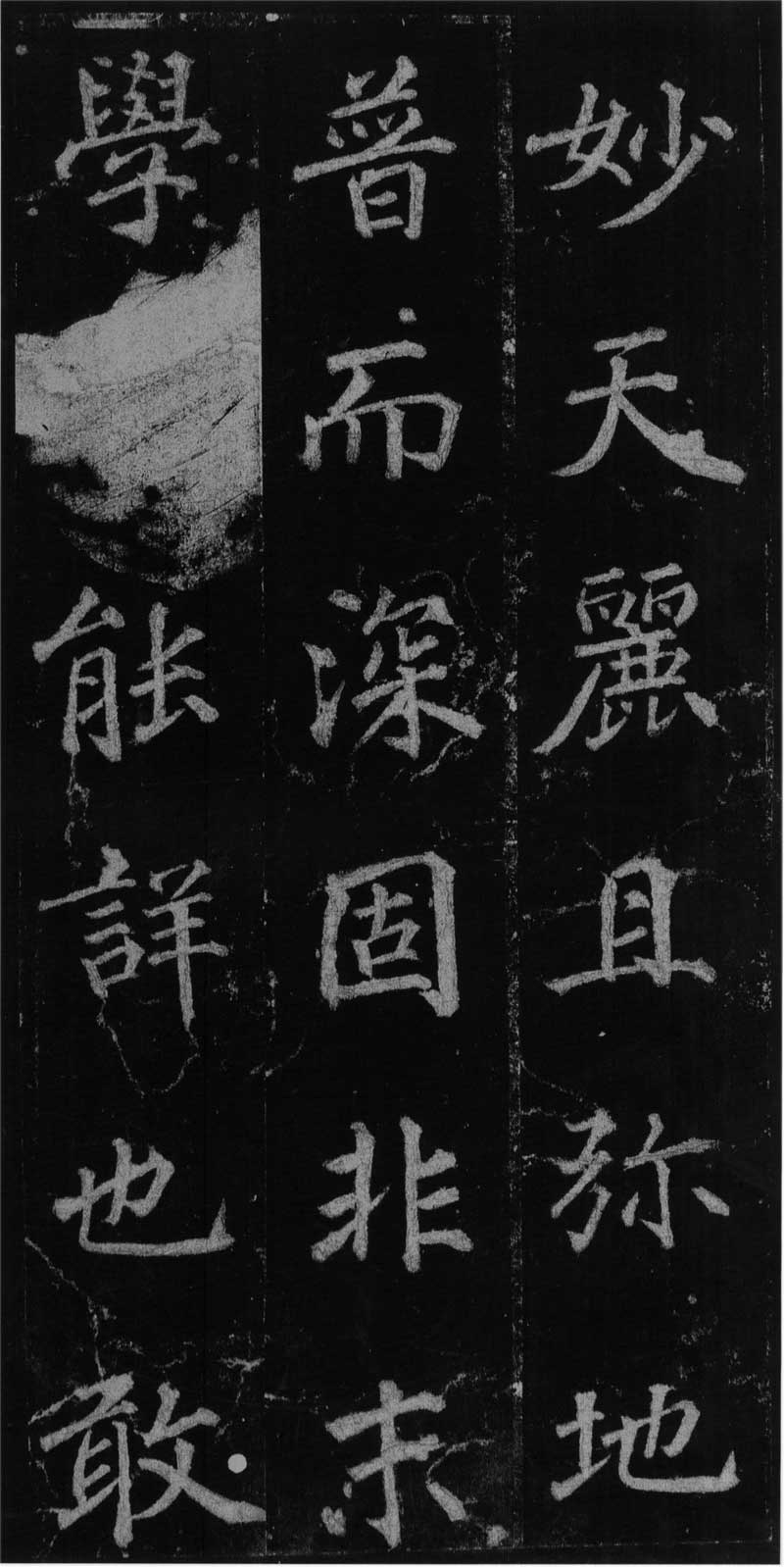
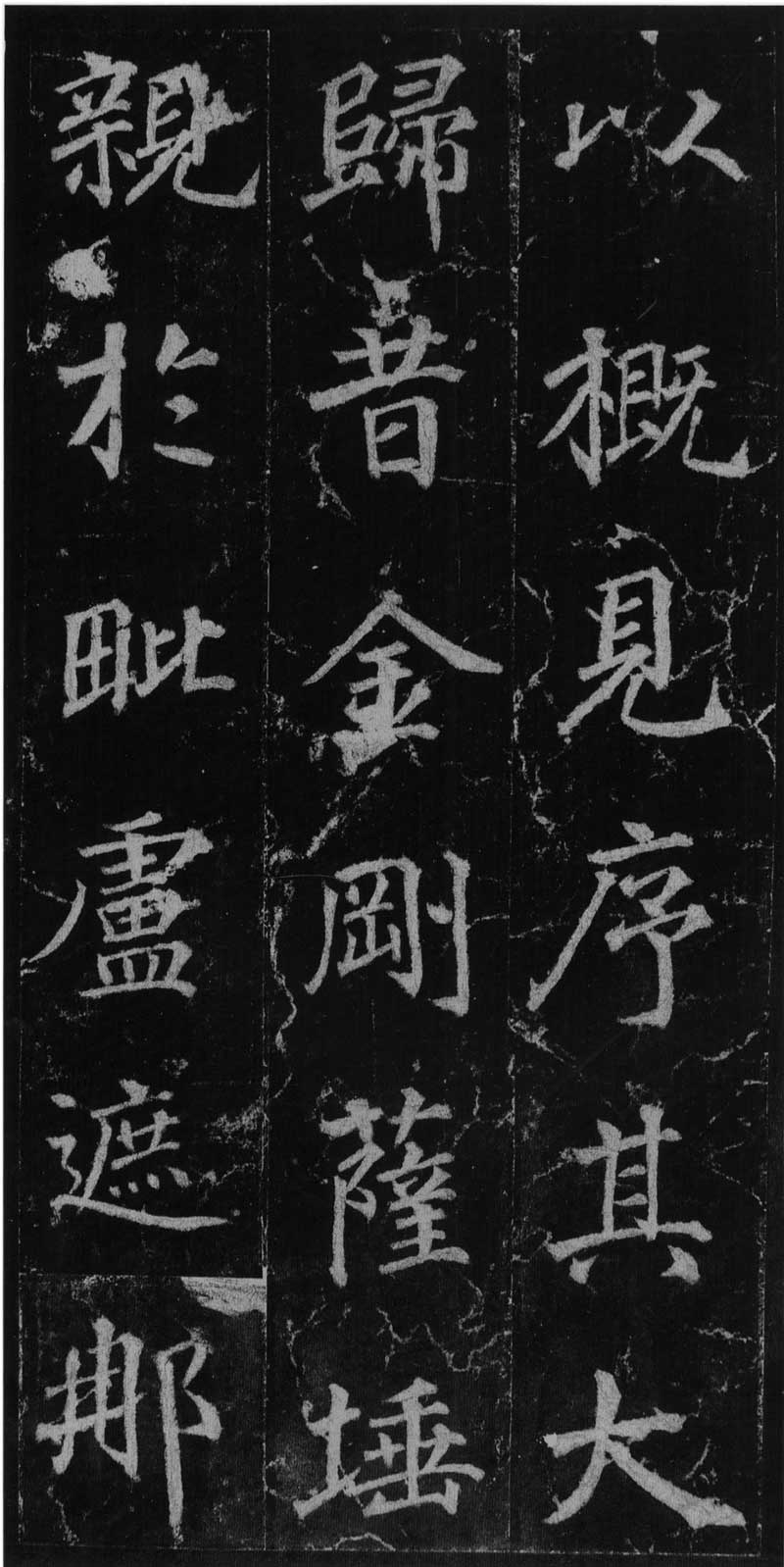
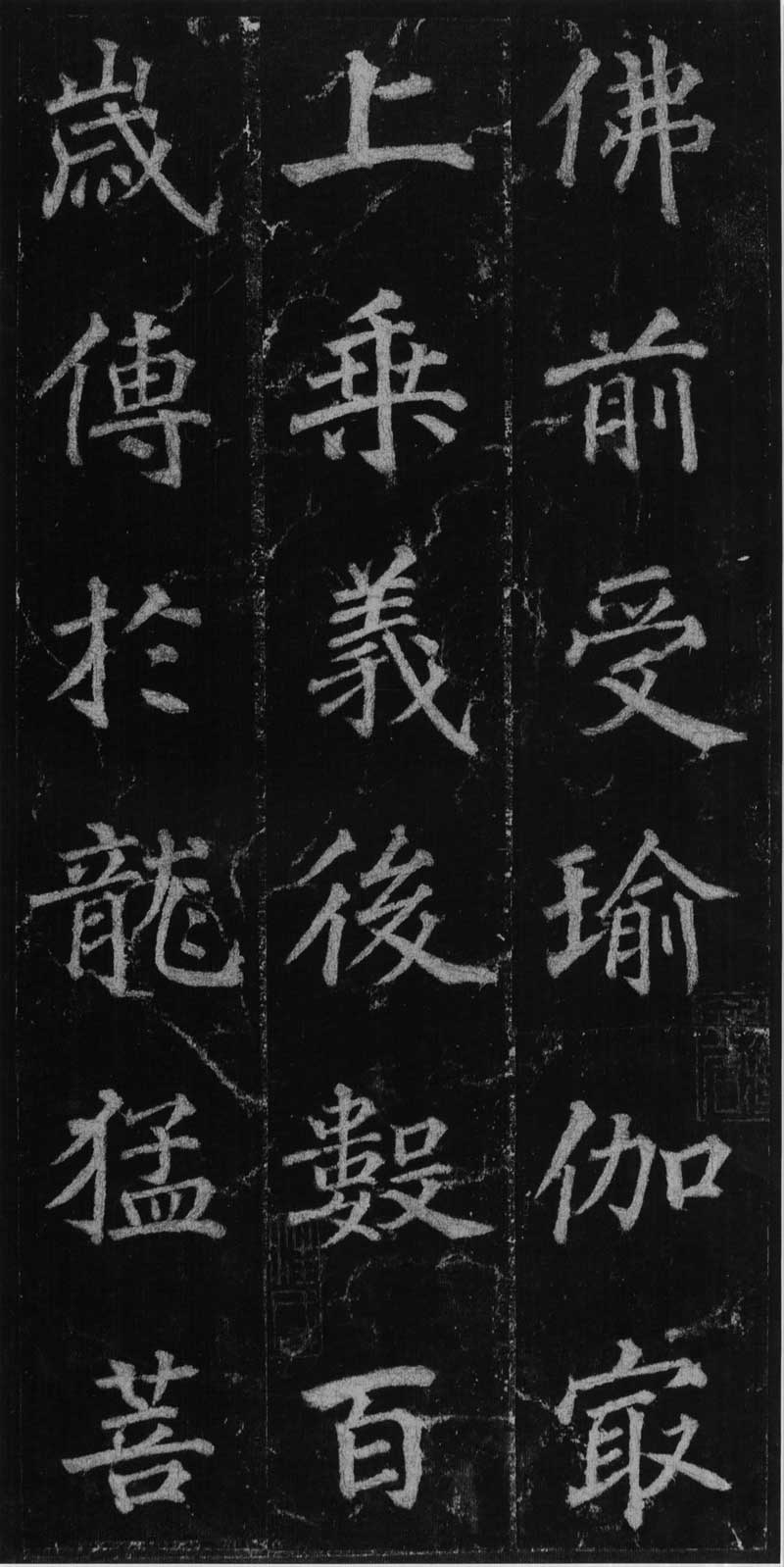
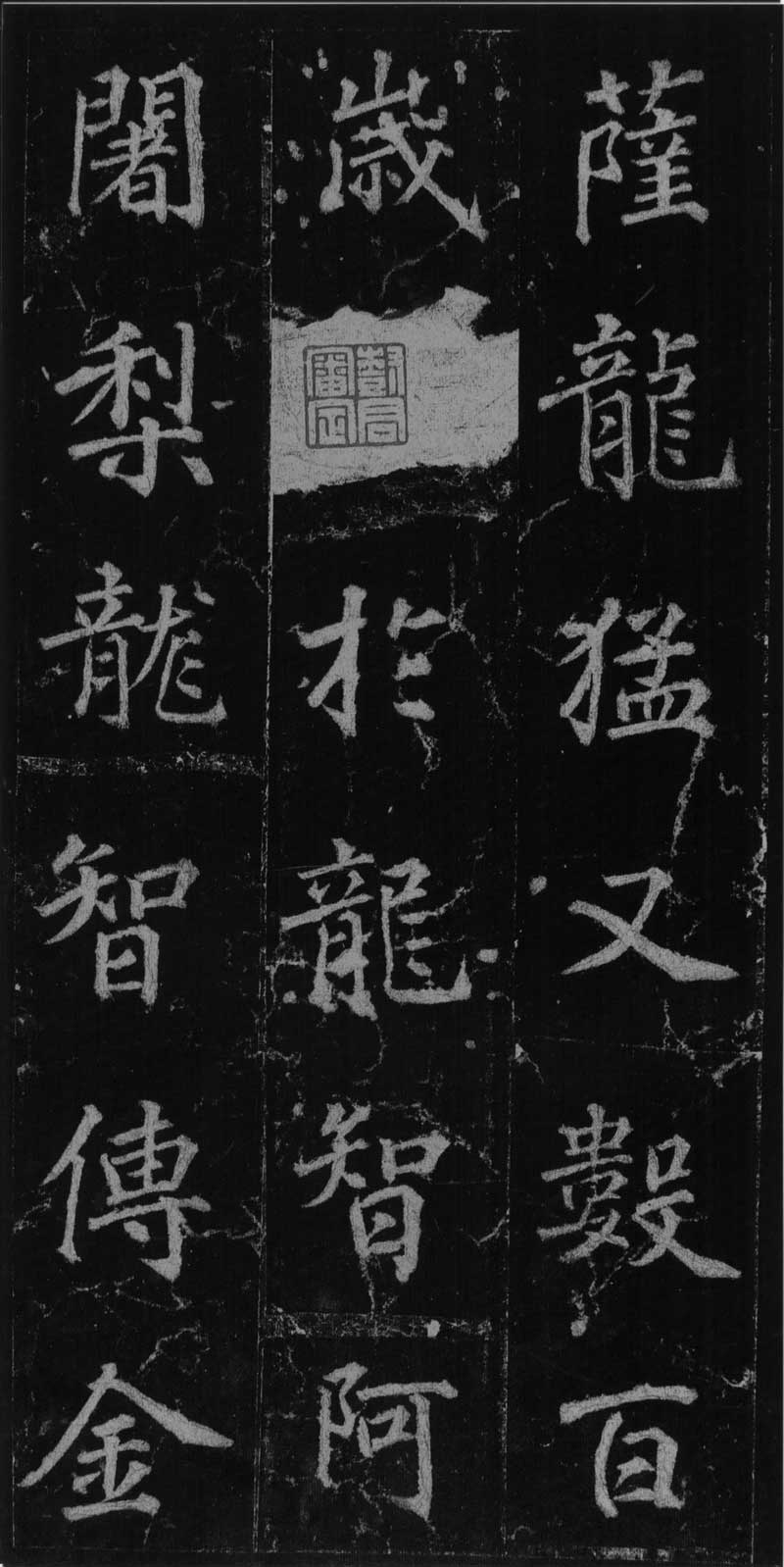
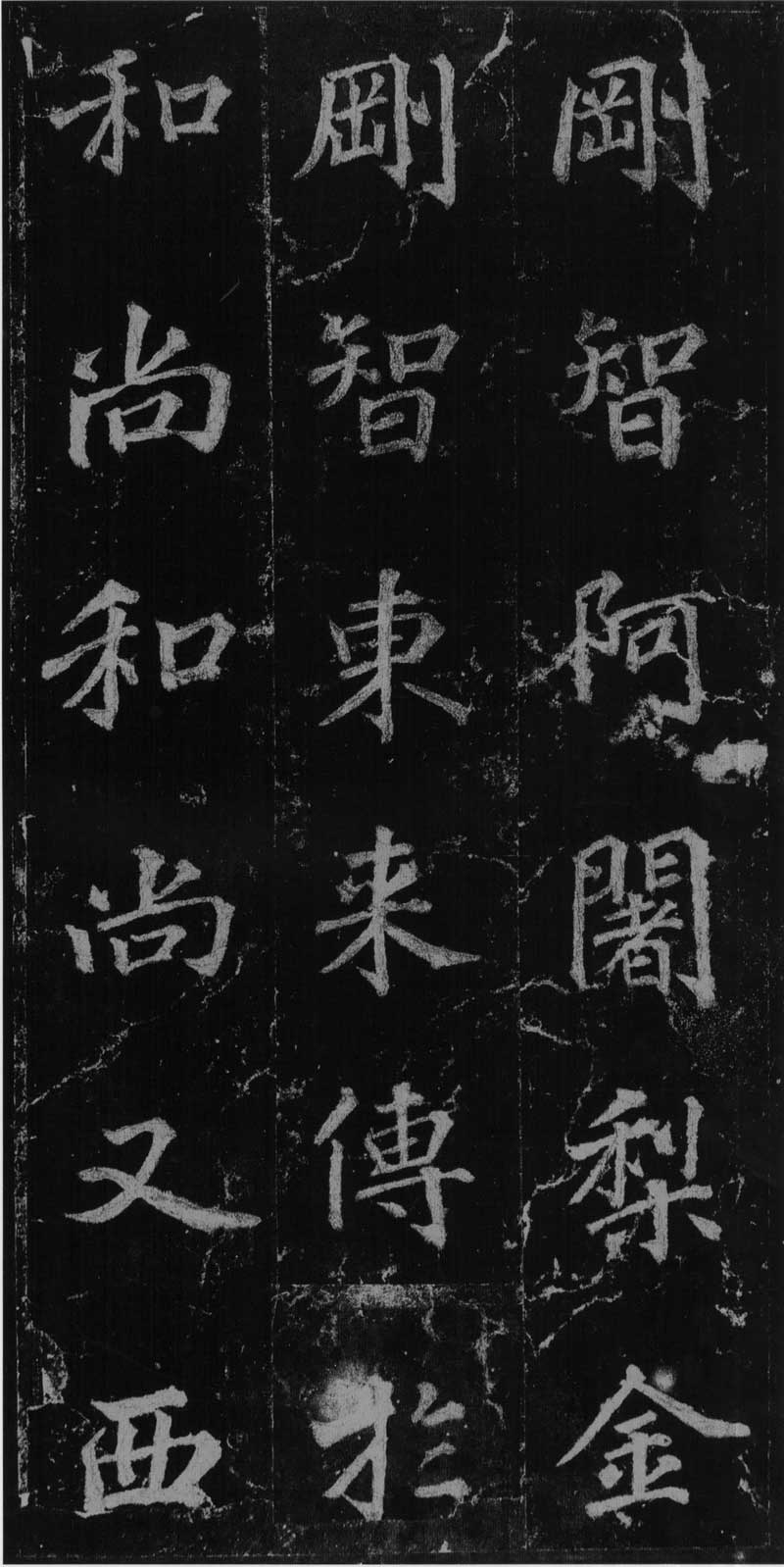
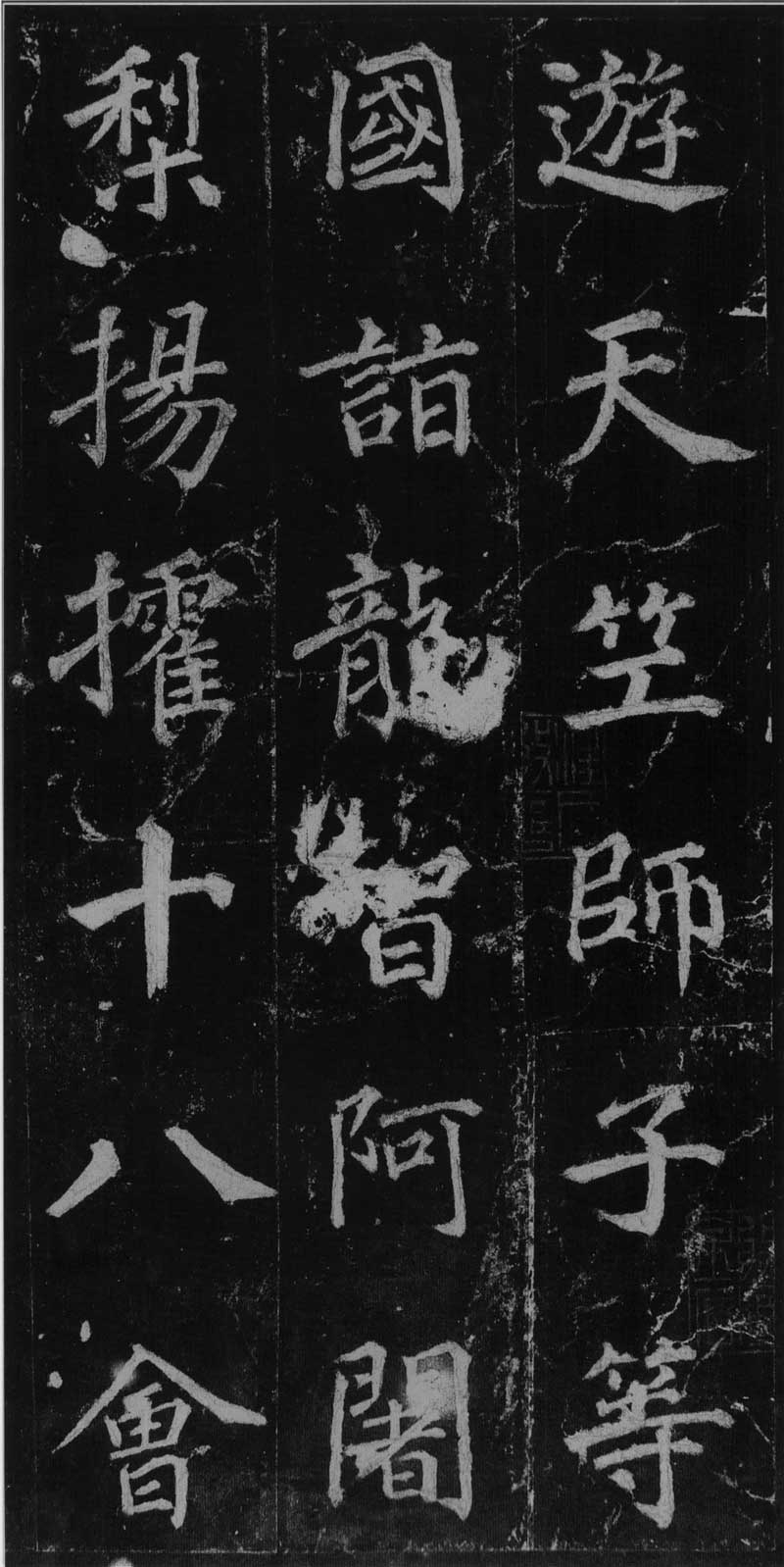
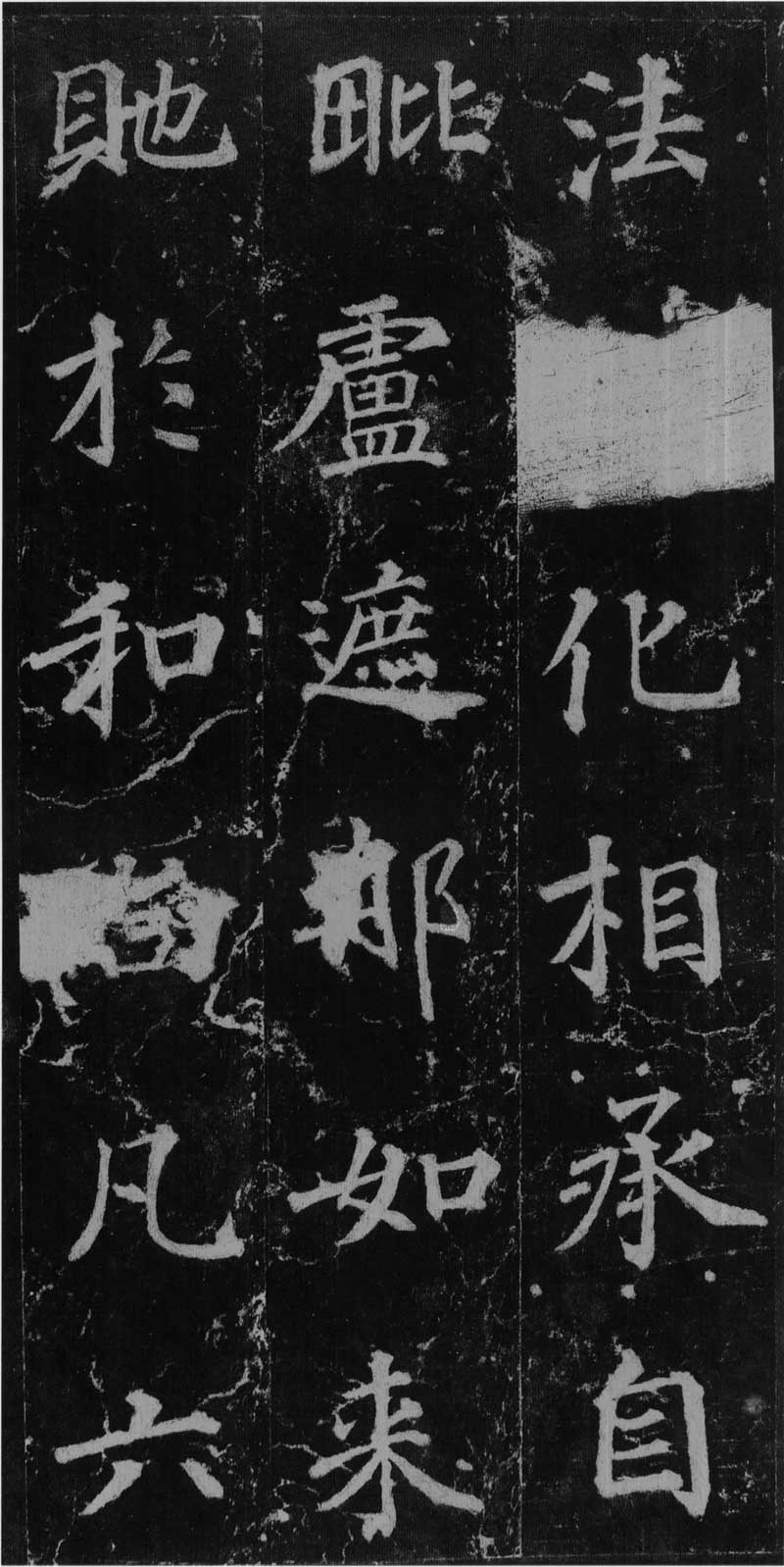
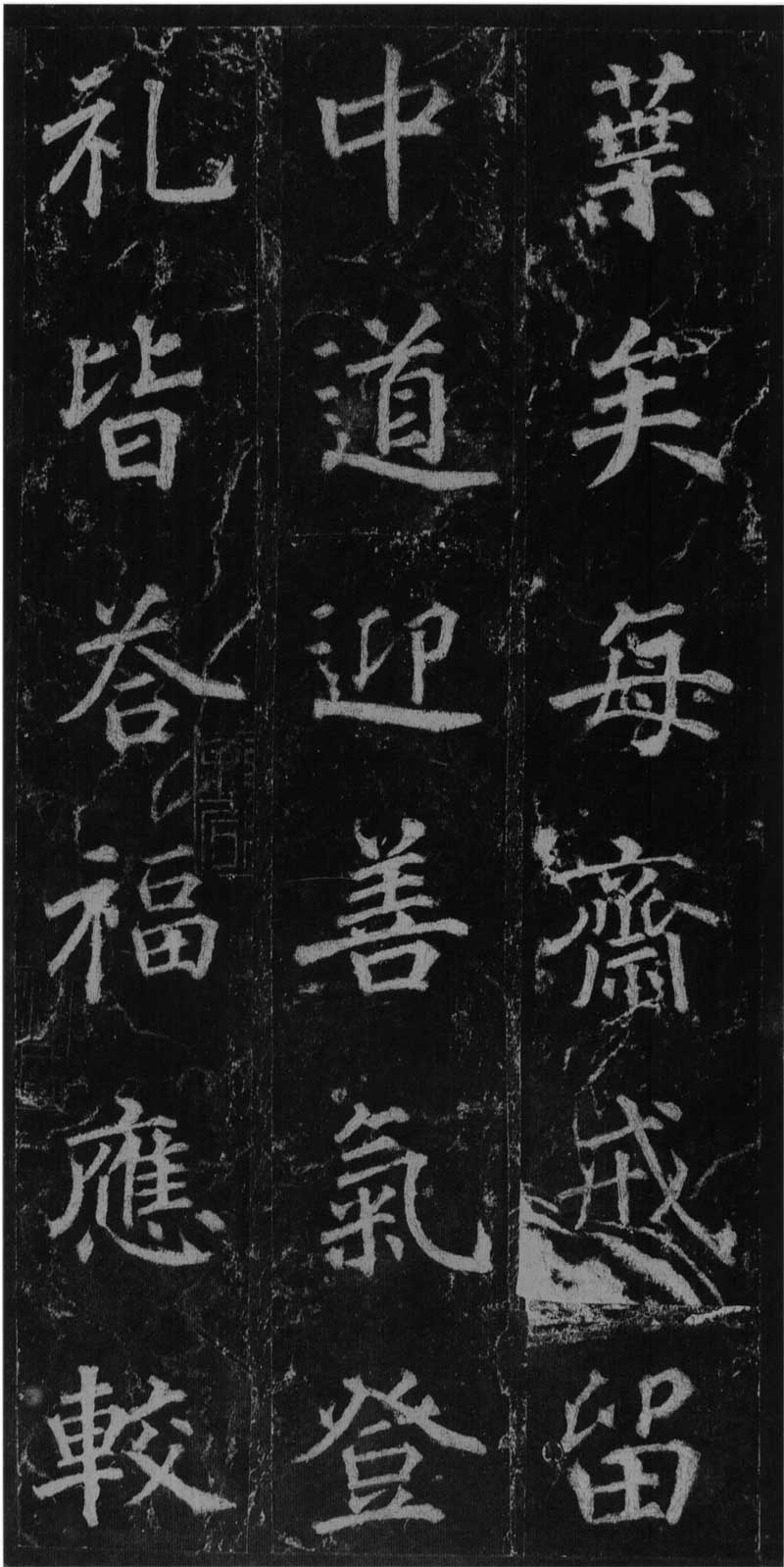
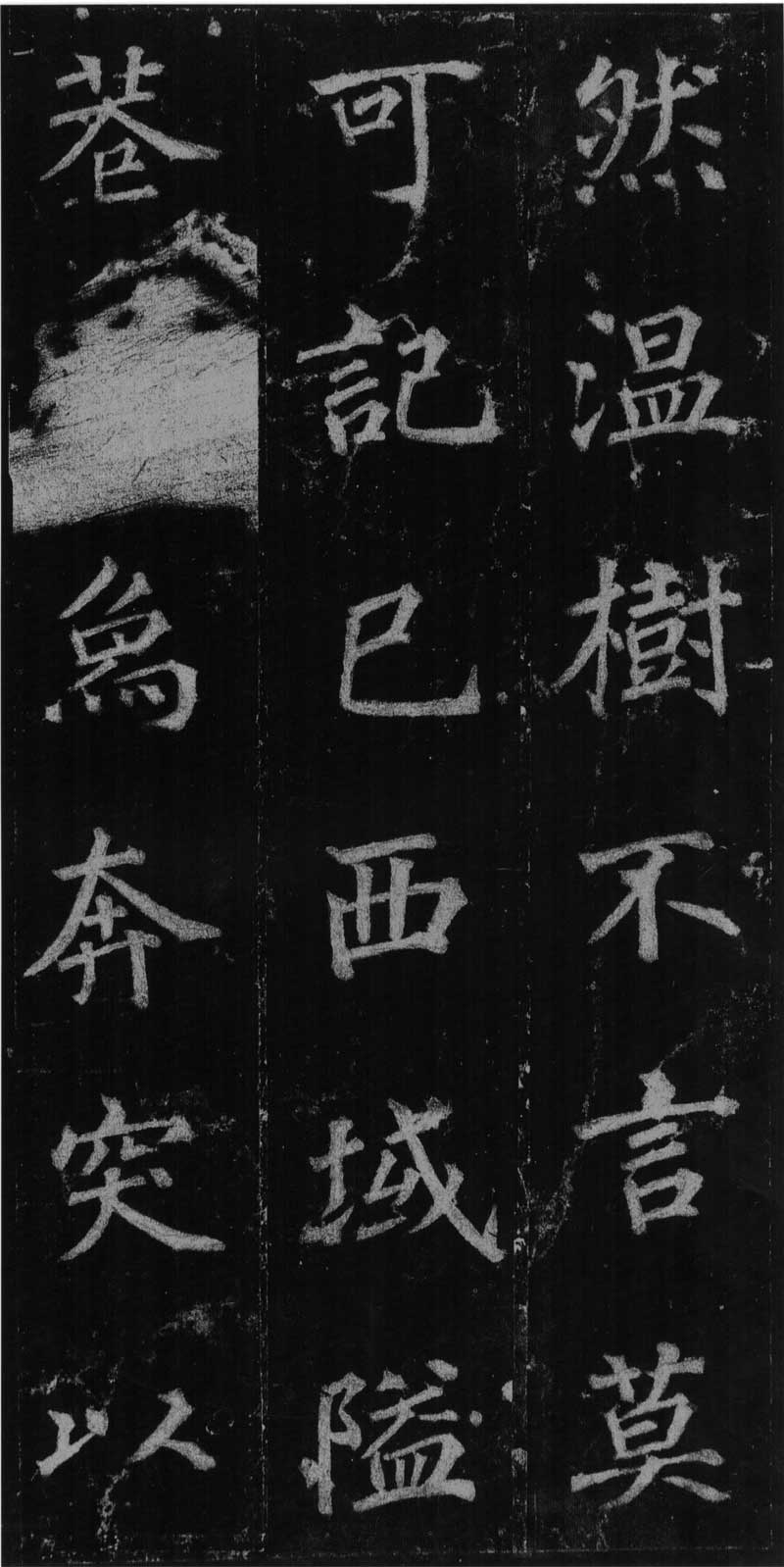
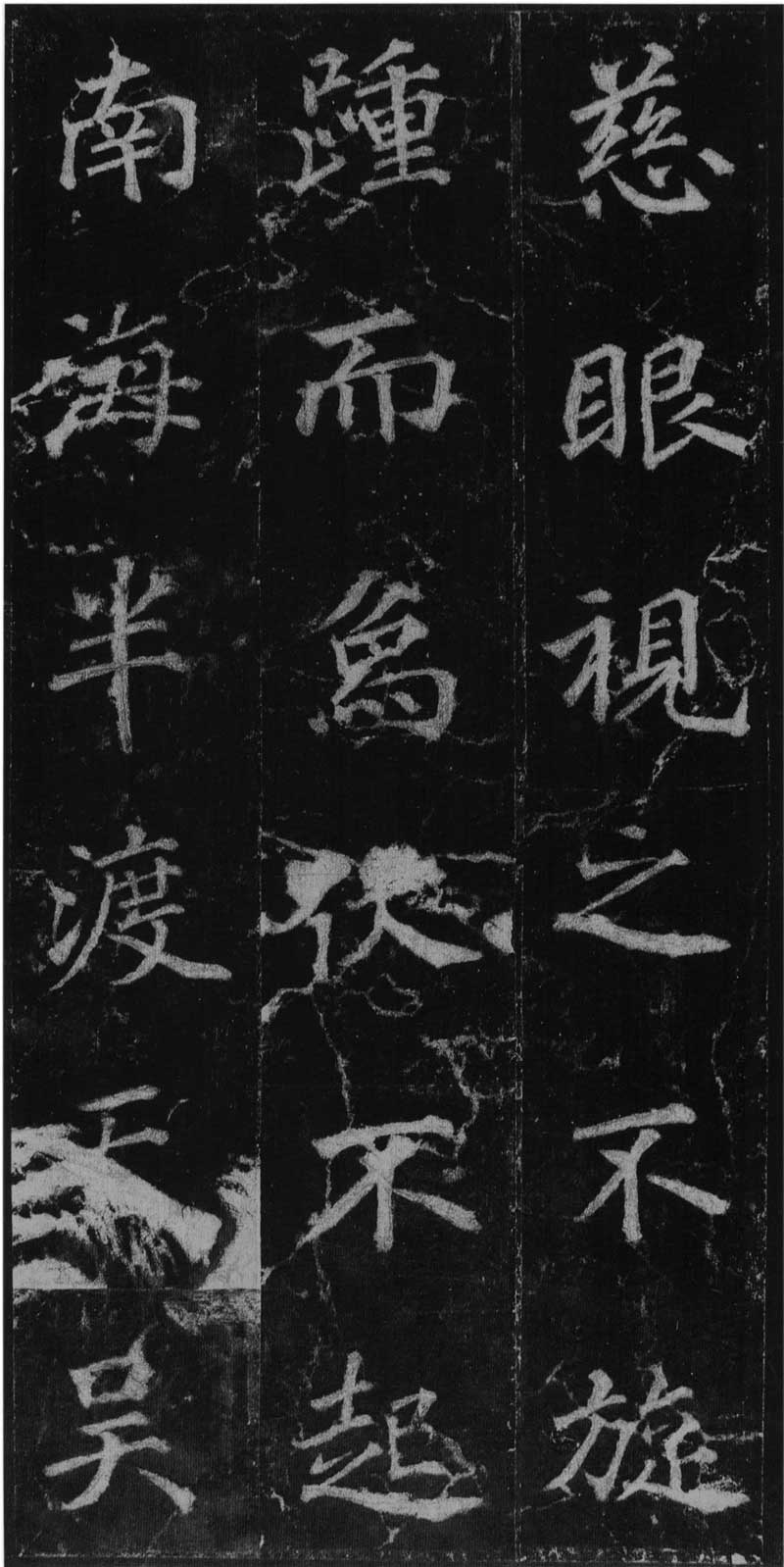
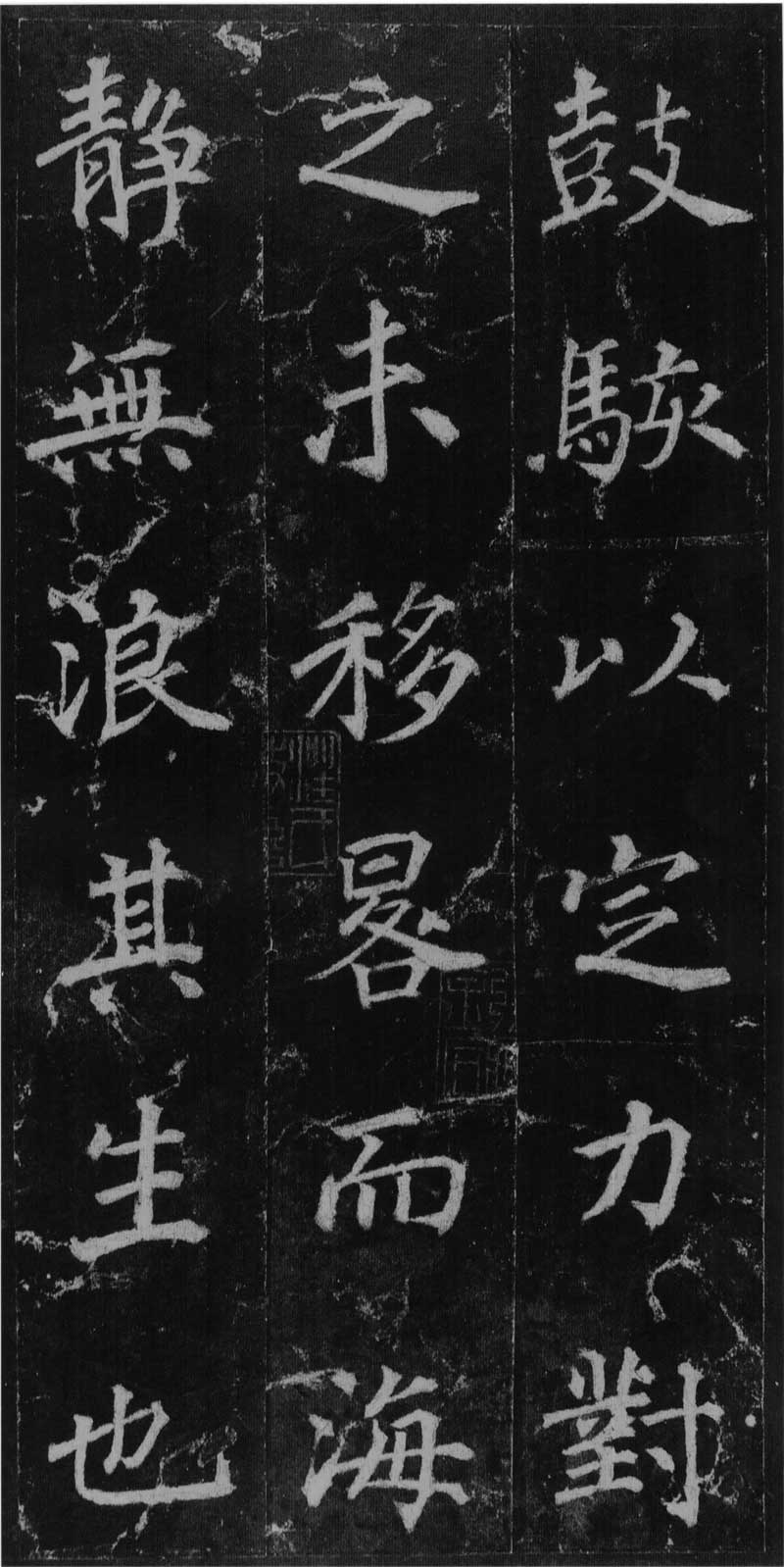
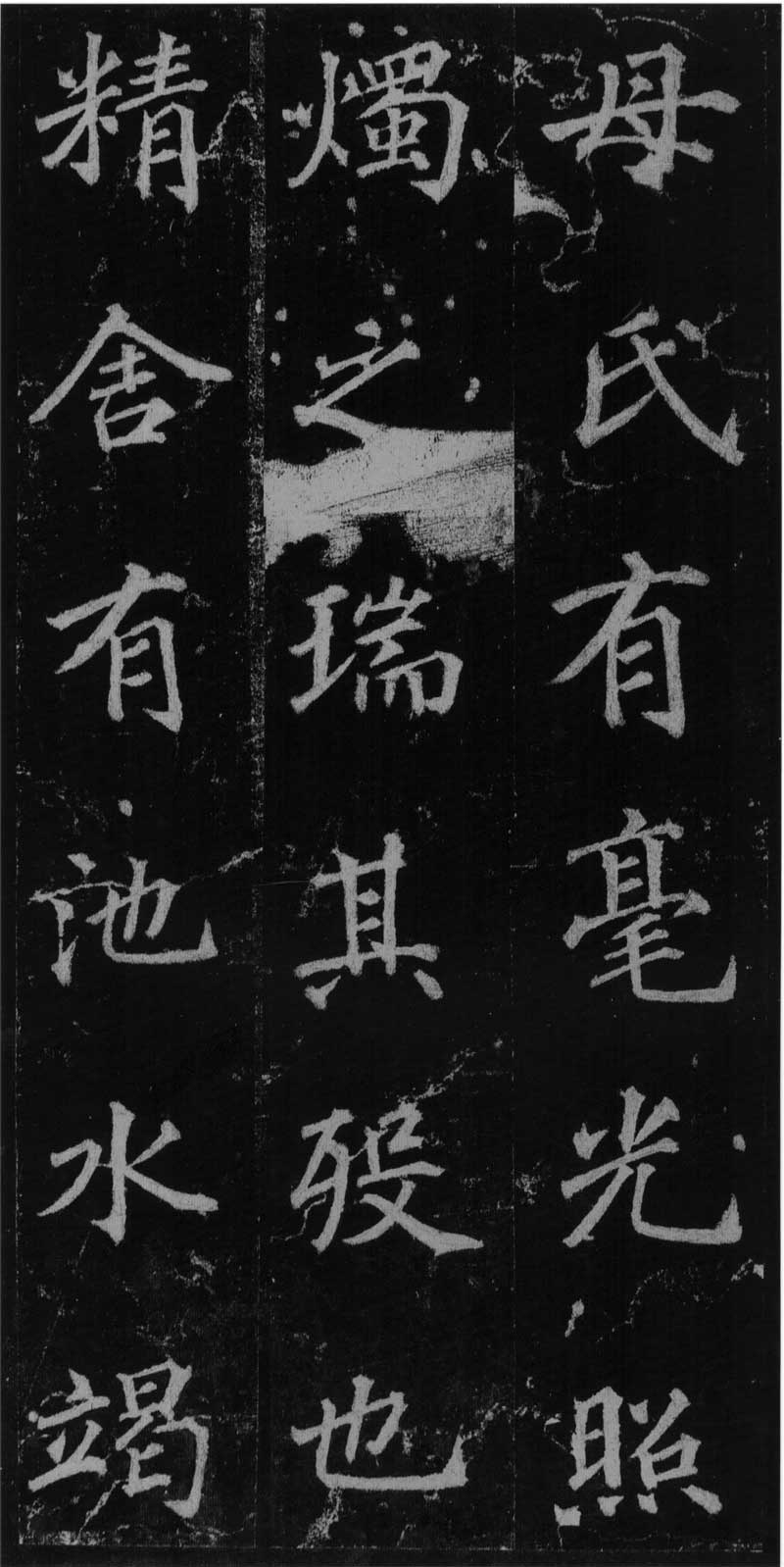
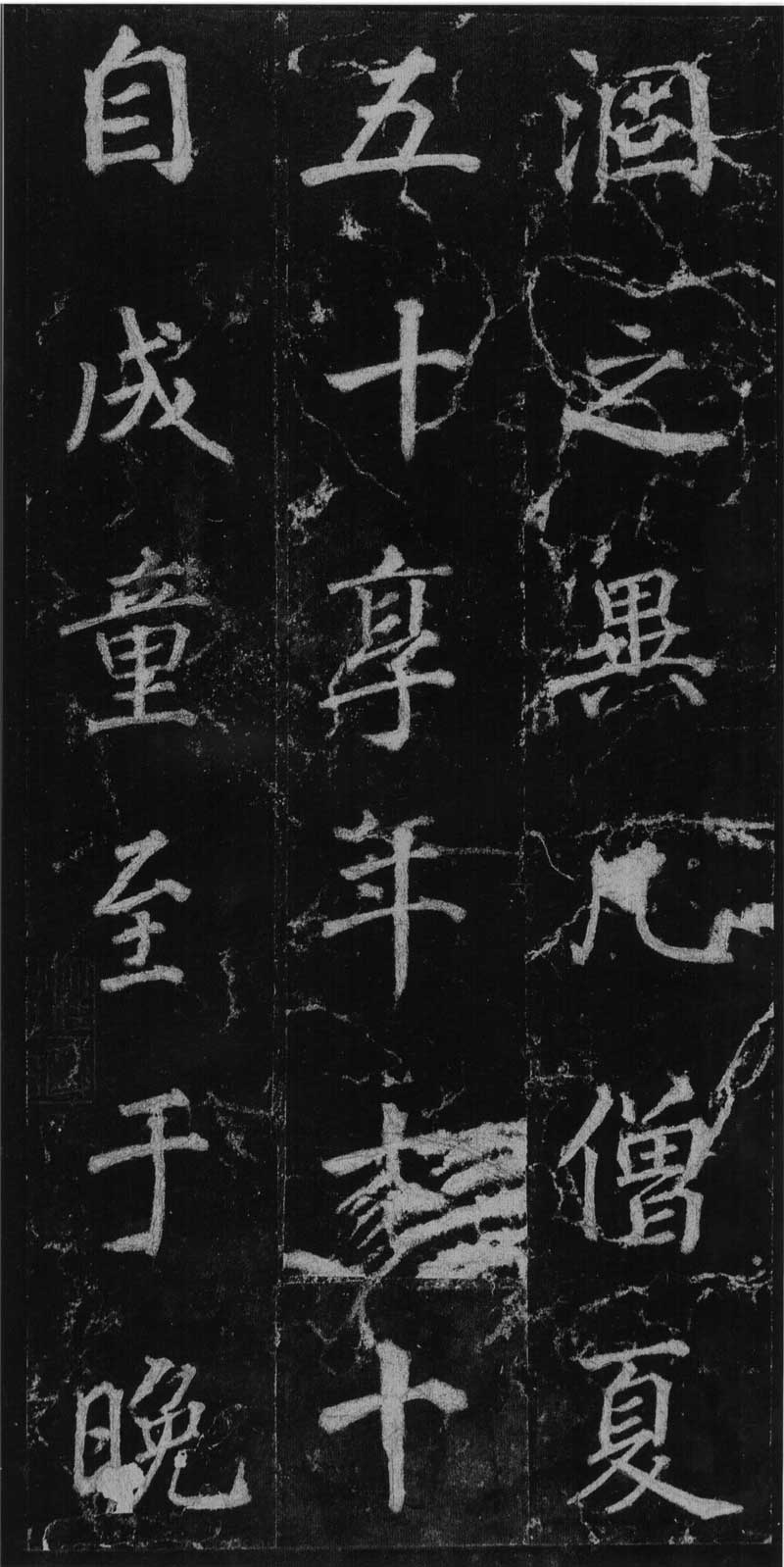
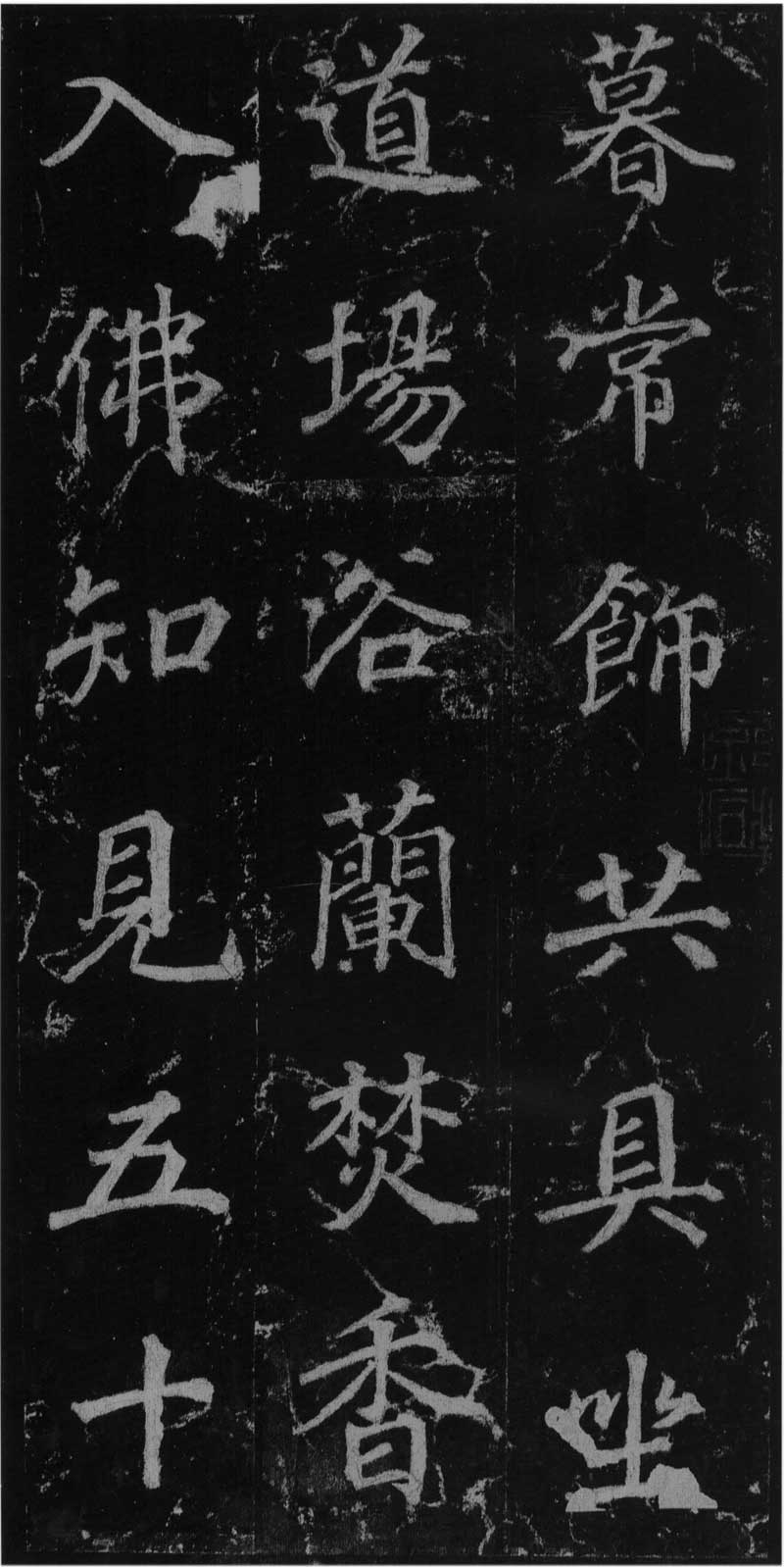
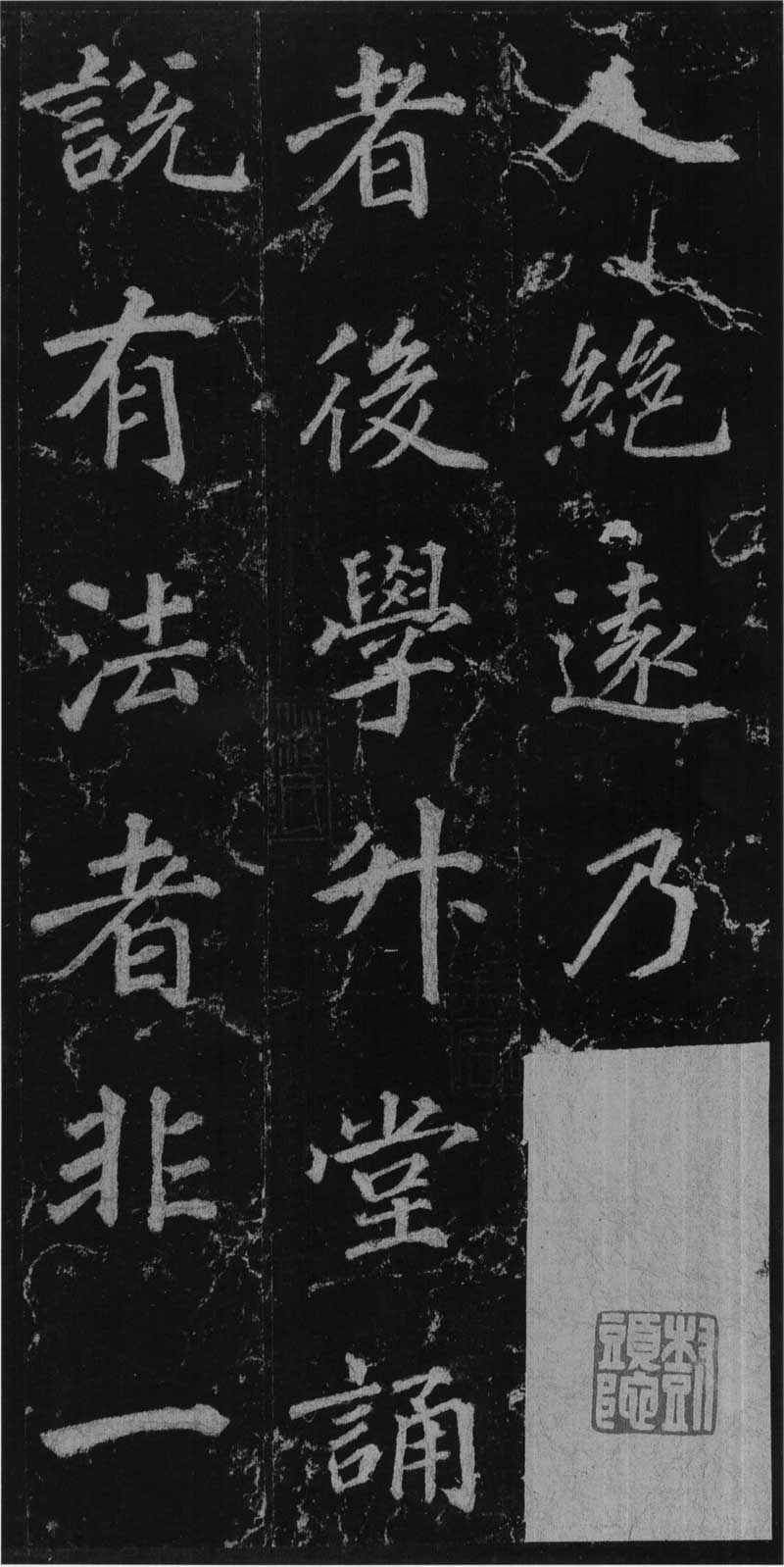
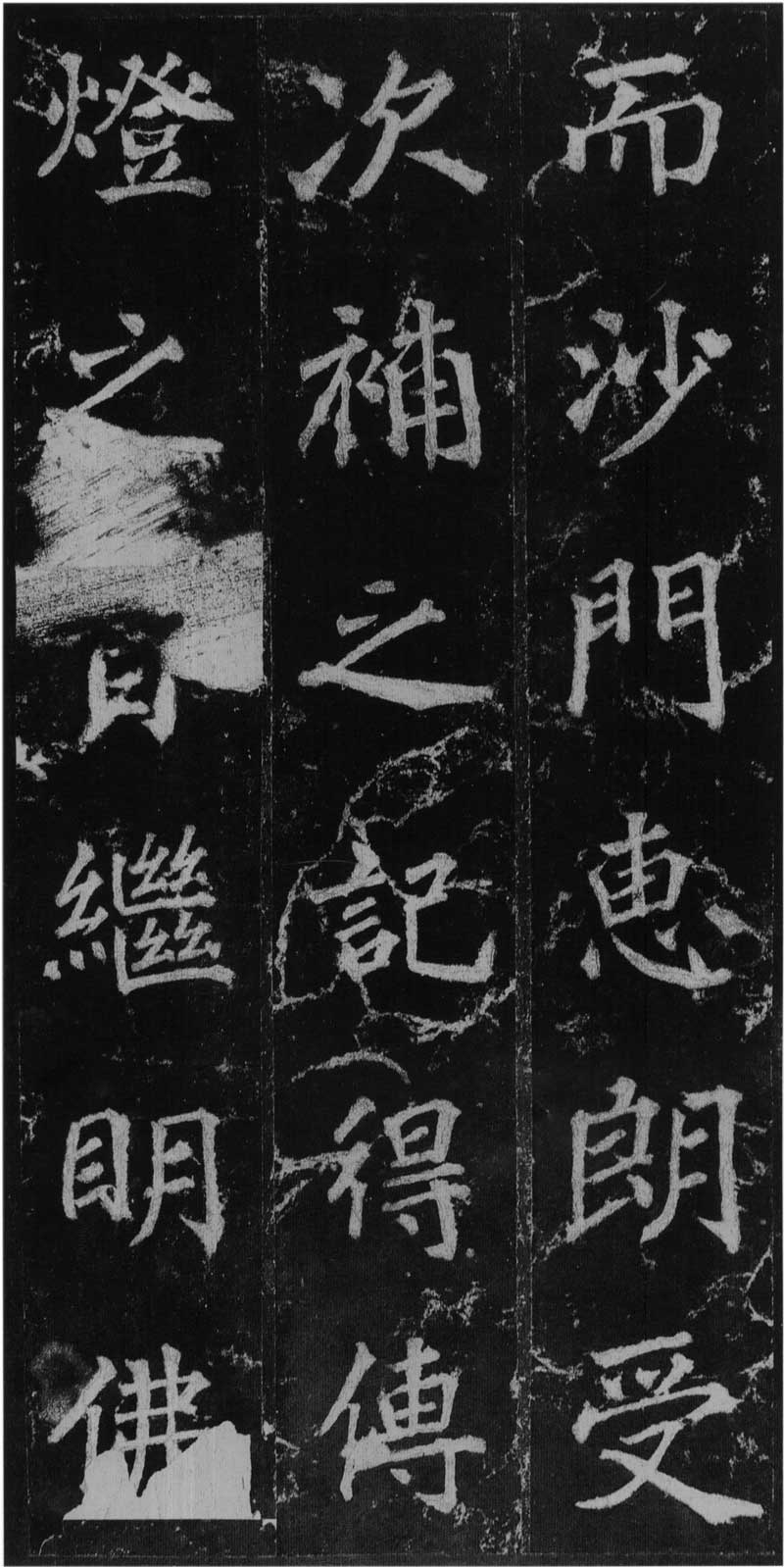

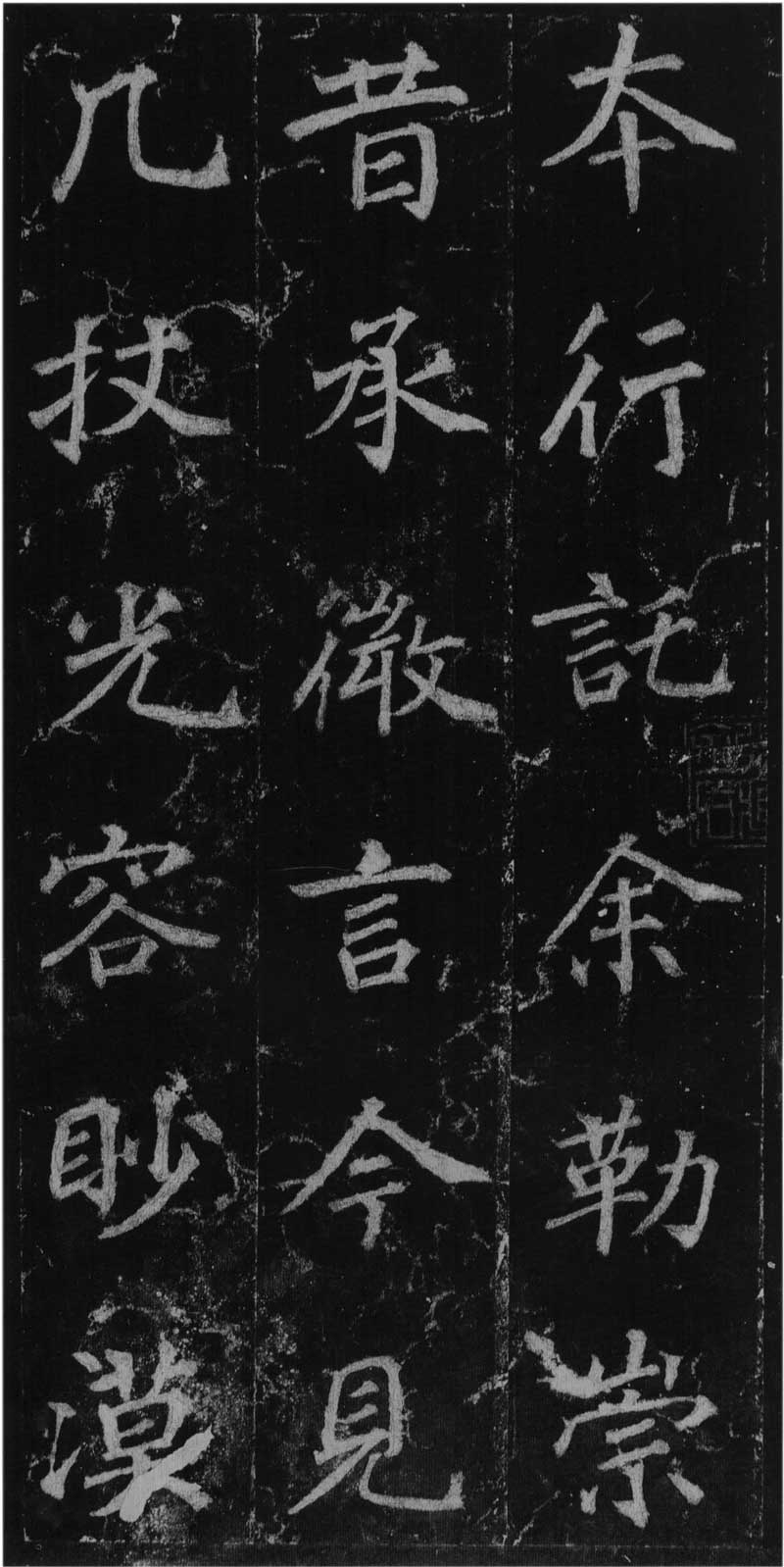
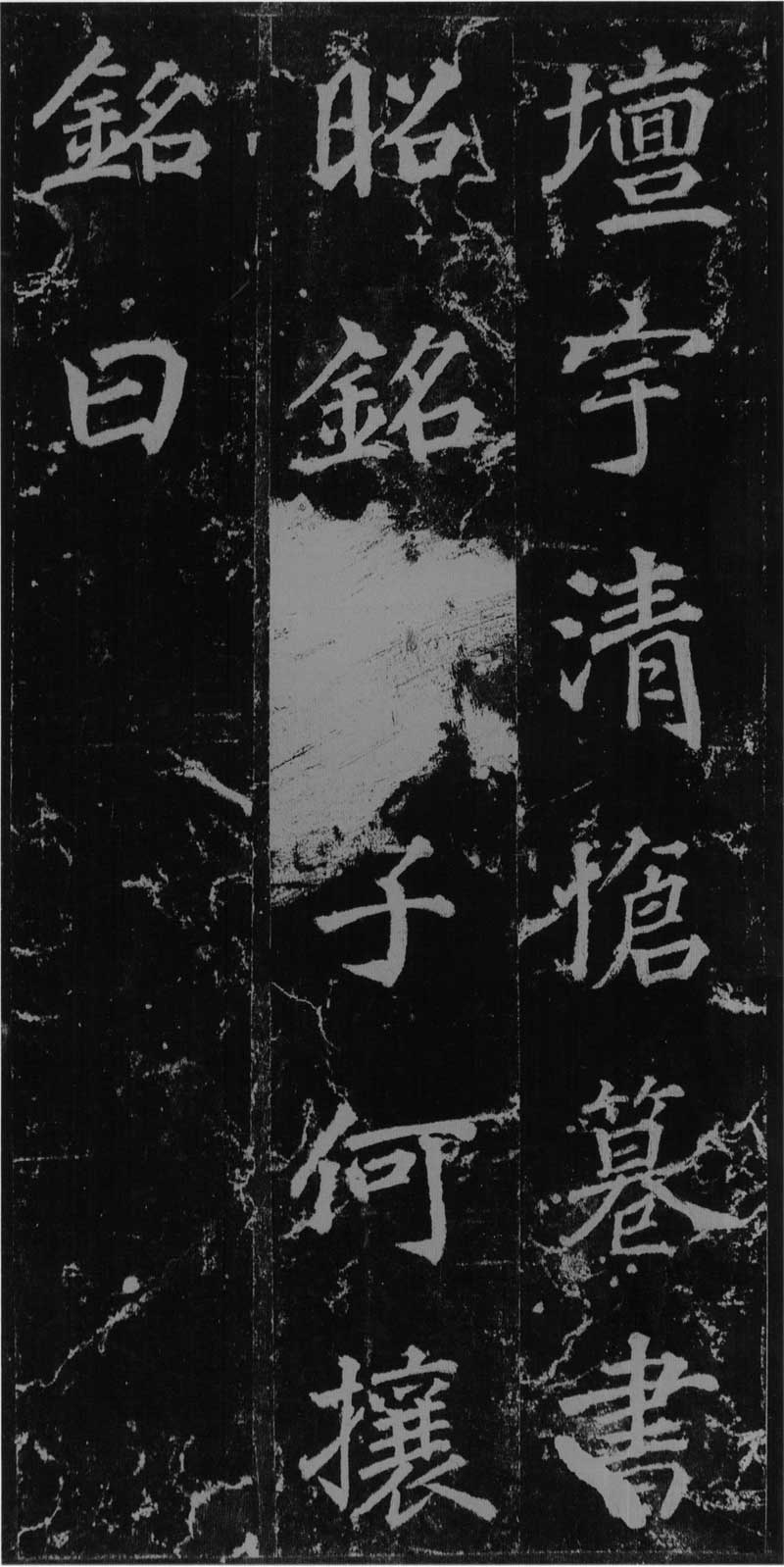
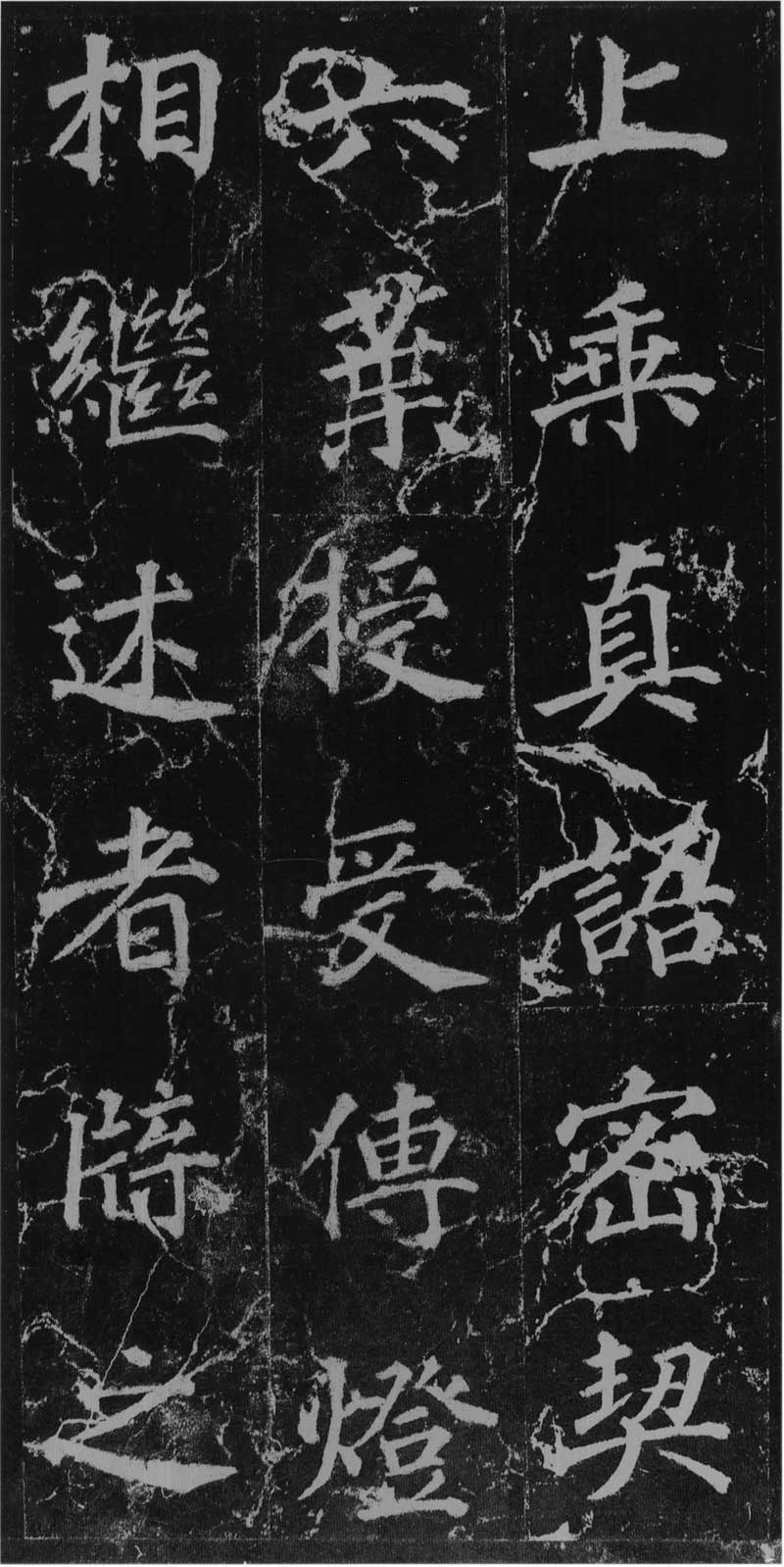
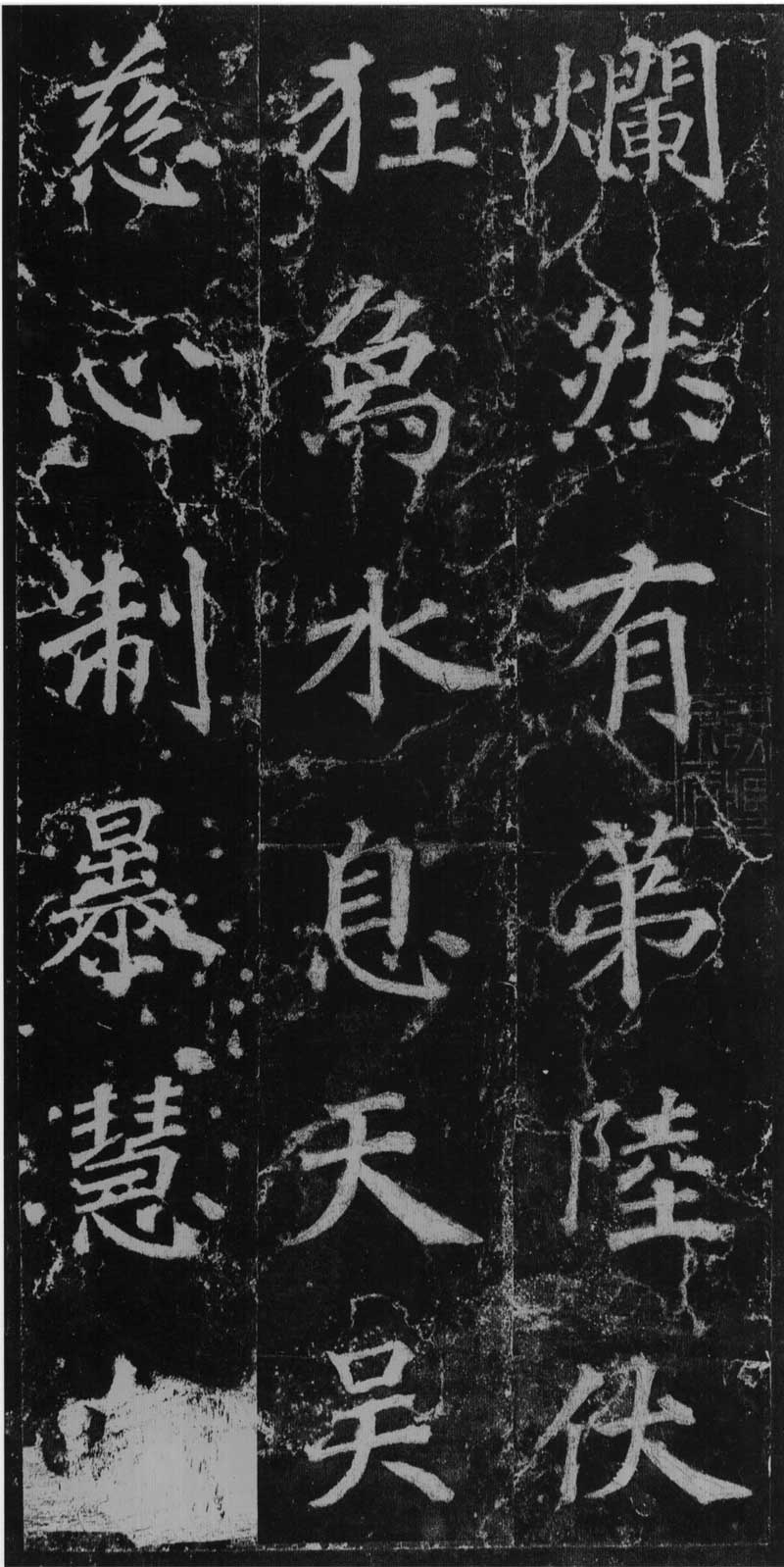
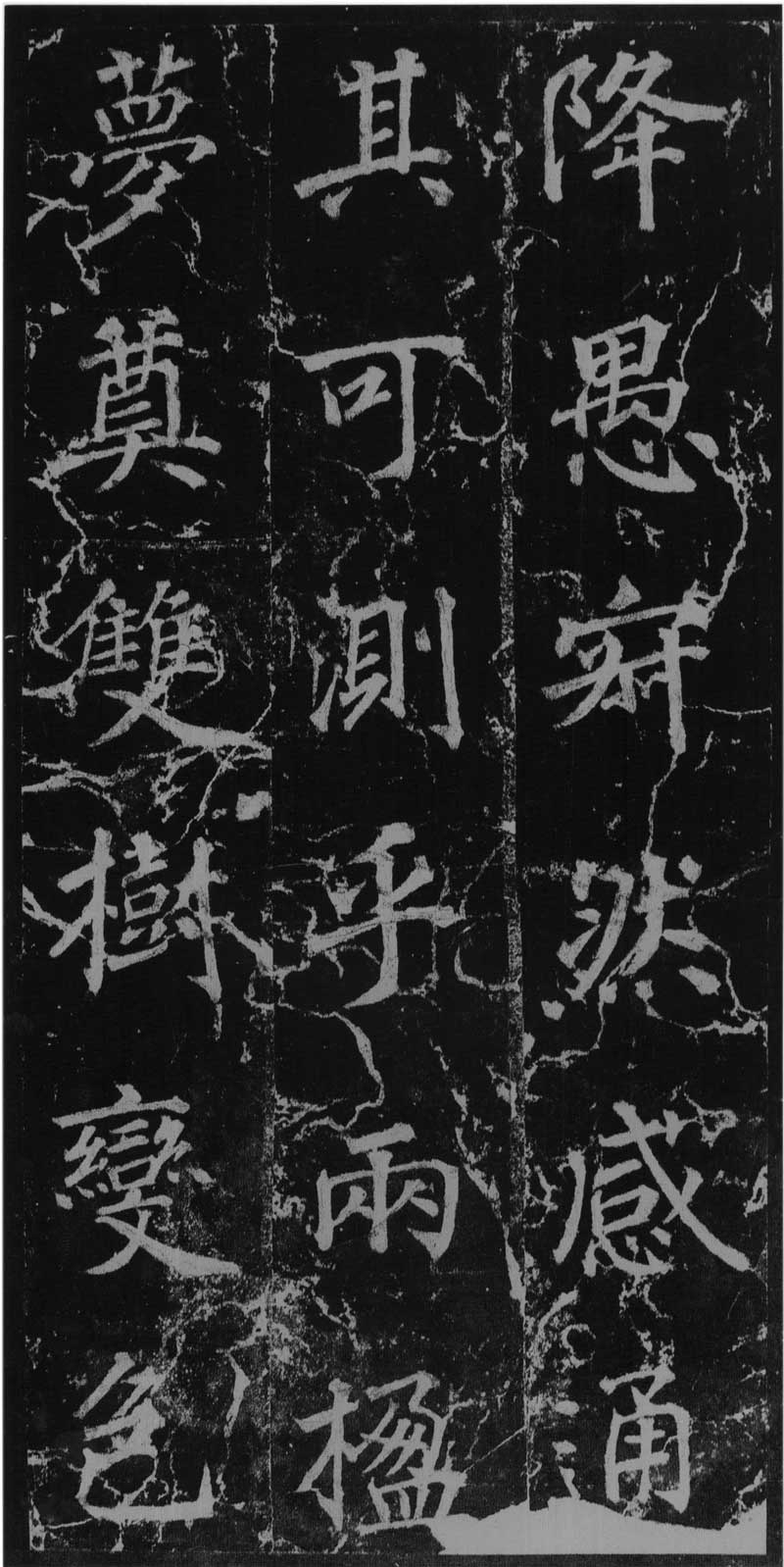
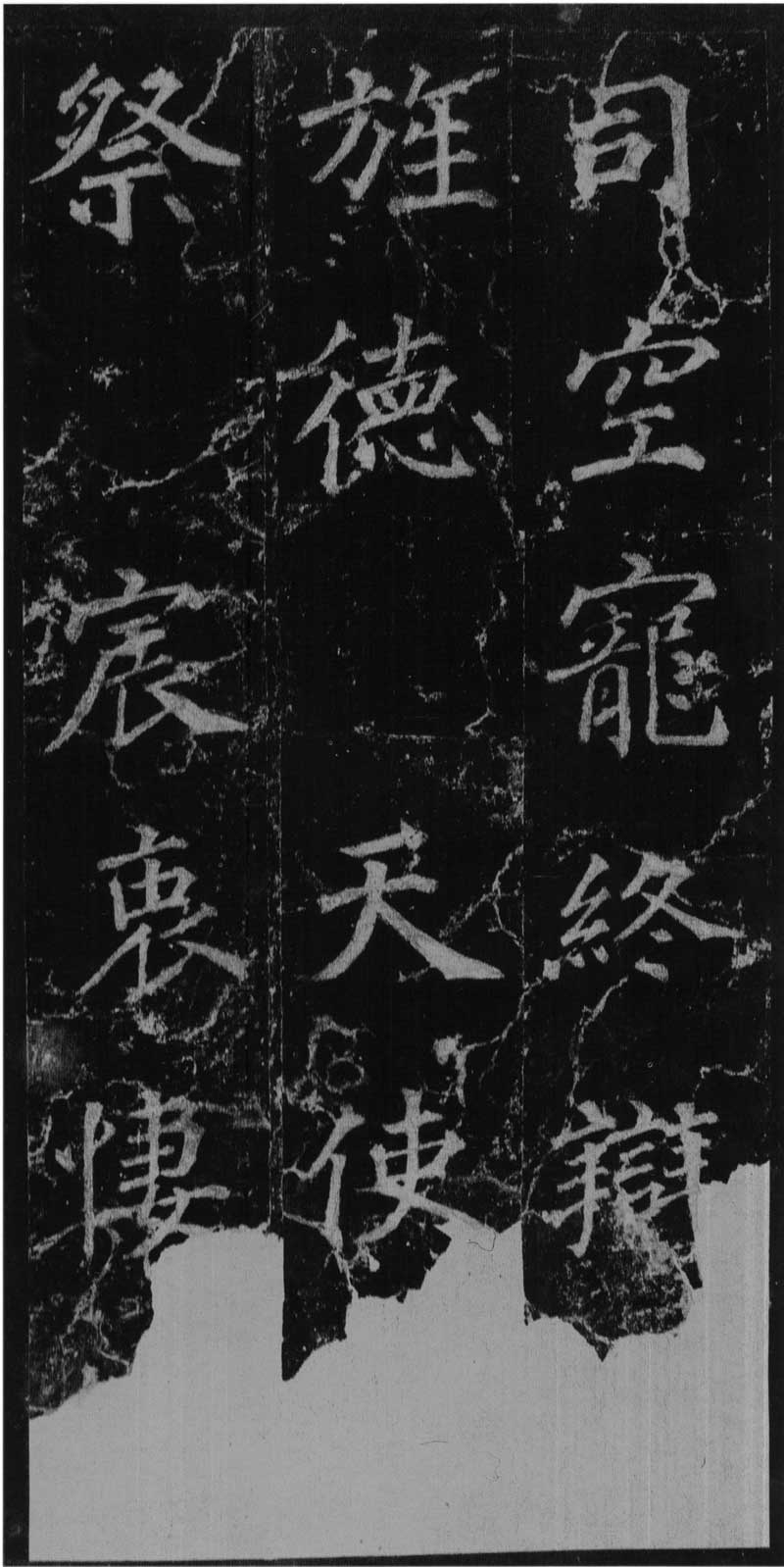
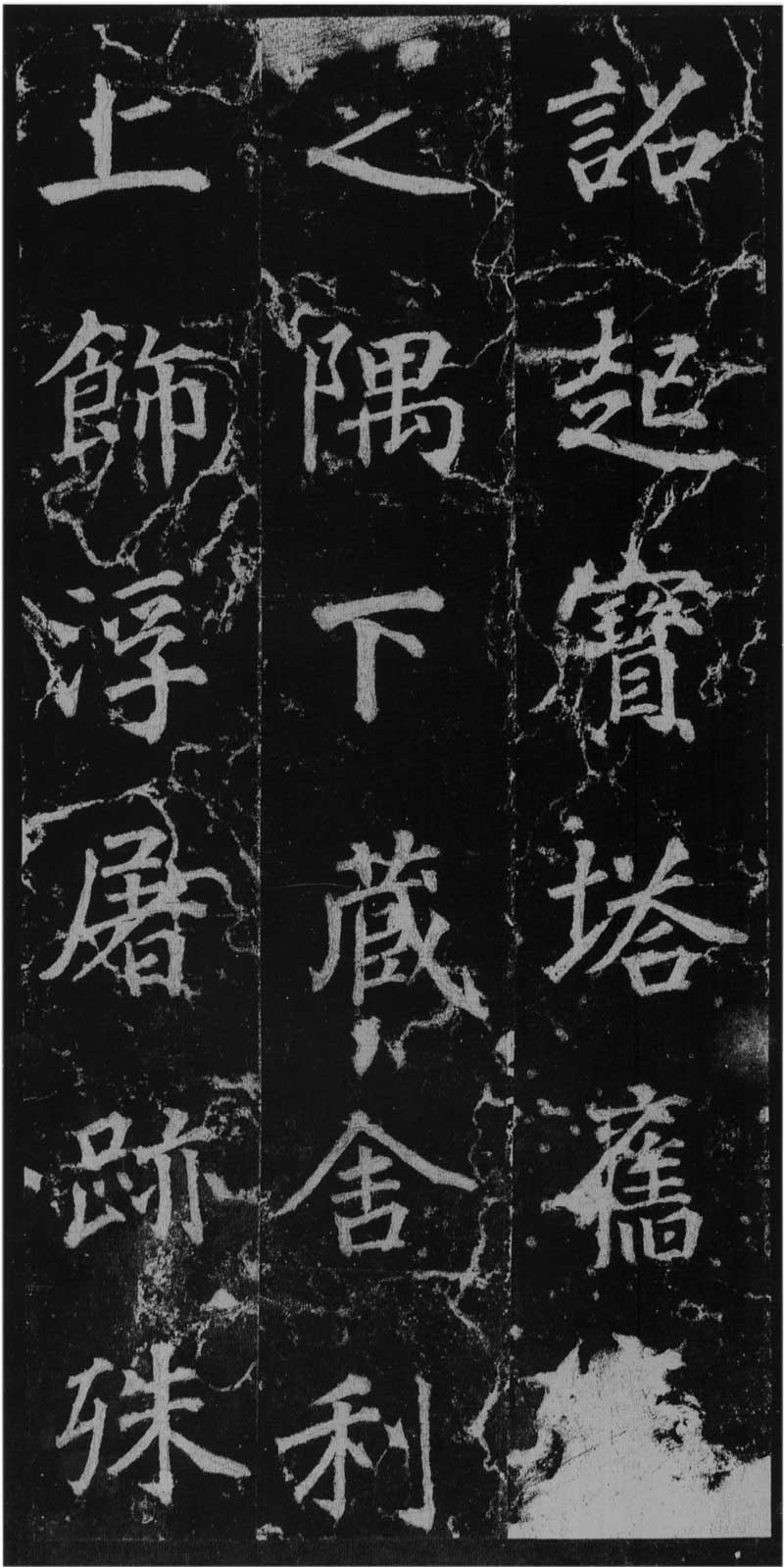
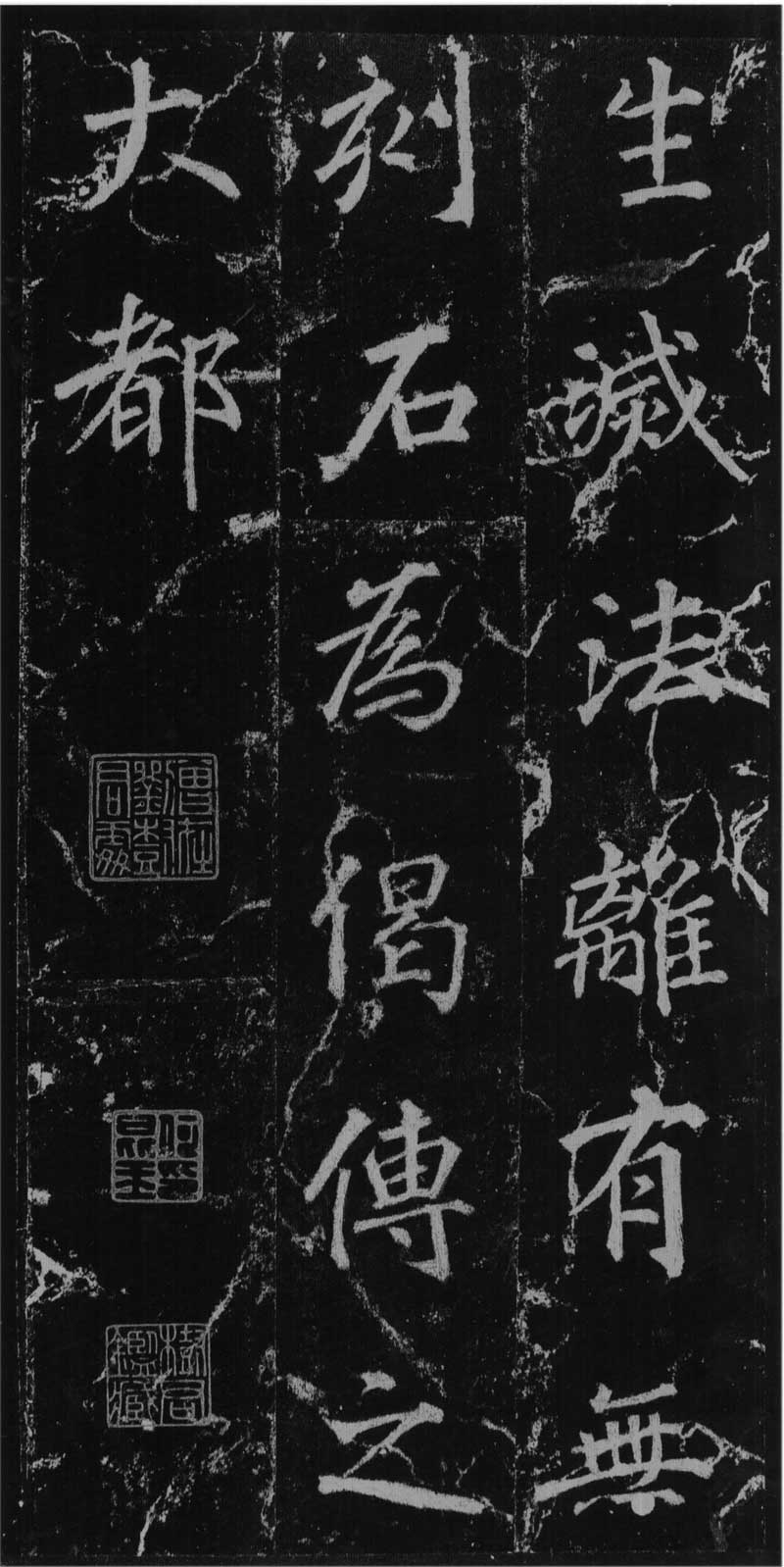
This monument was written by Xu Hao one year before his death (at the age of seventy-nine). This monument was built to commemorate the achievements of the great Indian monk Fu Kong Tripitaka. The calligraphy on this stele is calm and thick, the characters are steady, slightly clumsy, and the bones are strong, which may be related to Xu Hao's advanced age. "The Biography of the Book of the Tang Dynasty" says: "Xu Hao, Shi Hao's father Qiao's good calligrapher, taught Hao the method and benefited his work. He tasted the calligraphy for forty-two screens, all eight styles were prepared. The method of Shizhuang said: 'The angry zodiac stone' , thirsty and rush to the spring." "Xingchi Bian" says: "There are many Gongshu writers in the Tang Dynasty, and the only one who seeks the name of his three-leaf heir is Xu." Bao Shichen's "Guangyizhou Shuangji" says: "Kuiji Like a war horse, it is majestic and understandable. But there are also many people who are dissatisfied with his calligraphy. For example, "Lv Zongxu Book Review" says: "Xu Haozhen's running calligraphy is too sophisticated and not interesting." Li Yu also said: "Xu Hao got the meat of the right army but lost it to the common people." Mi Fu even said: ""Dong Xiaozi" and "Bu Kong" are both bad letters in his later years, and they are not studied and flattered at all. Those who have knowledge will know this. "The written writings passed down include, in addition to "Monk Bu Kong's Monument", "Songyang Guanji Ode to Praise of Virtue", "Zhu Juchuan's Report on the Body", etc.
The handed-down calligraphy version with the word "闍" intact is the Ming rubbing. The inscription records the history of the inheritance of Buddhist Tantric Buddhism, as well as the achievements of monk Fukong who was appointed as the national teacher of Xuanzong, Suzong and Daizong of the Tang Dynasty. It is of great value for studying the spread of Buddhist Tantric Buddhism and the history of cultural exchanges between China and Japan and China and India.

